Doctrine of Reasonableness in Administrative Law
What is Doctrine of Reasonableness in Administrative Law?
The Doctrine of Reasonableness in Administrative Law emphasizes that there must be a logical connection between the actions taken and the goals intended to be achieved. In other words, the measures taken by authorities should not be excessively harsh or out of proportion to the intended outcome. If an action is seen as excessively unreasonable, it can be challenged and reviewed by the courts.
Reason plays a crucial role in decision-making, helping individuals make conscious choices and evaluate the decisions made by others. This need for reason in actions has led to the development of the Doctrine of Reasonableness in administrative law.
Law and reasonableness are closely linked; reasonableness is essential for evaluating the fairness of a legal system. In administrative law, this doctrine acts as a standard to assess the content and actions of administrative authorities. If a decision made by public authorities doesn’t logically align with relevant legal and reasonable considerations, it can be deemed unreasonable.
The doctrine of reasonableness is vital in ensuring that administrative actions are trustworthy and just. While the relationship between reasonableness and administrative law has long existed, the scope and application of this doctrine have evolved as administrative functions have become more complex and widespread in society.
Understanding reasonableness within the context of today’s multifaceted administrative law helps in ensuring that authorities act fairly and in accordance with logical principles.
What is Multipolar Administrative Law?
In the past, individuals had little influence over administrative actions, and the administration operated largely independently. However, this relationship has evolved, and now the public actively participates in administrative processes, exercising their rights and holding the administration accountable. Today, there is a system in place that ensures accountability and responsibility between the administration and the public, meaning the administration no longer functions in isolation.
Instead, the administration now operates as a "multipolar entity," aiming to achieve logical and quality outcomes through interaction with various stakeholders, including the public. This shift has led to the development of what is known as "multipolar administrative law," which recognizes that administrative law involves multiple participants and influences.
Multipolar administrative law emphasizes the importance of the Doctrine of Reasonableness, which, while theoretically acknowledged, still requires further development to become more adaptable and effective in practice.
When discussing the application of the Doctrine of Reasonableness in administrative law, there are three key areas where it plays a crucial role:
- Decision-Making Processes: Ensuring that administrative decisions are made logically and fairly.
- Public Participation: Allowing the public to be part of the administrative process and ensuring their rights are considered.
- Accountability: Holding administrative bodies responsible for their actions and decisions, ensuring they align with reasonable and lawful standards.
This approach helps ensure that administrative actions are transparent, fair, and in the best interest of the public.
Doctrine of Reasonableness in Administrative Law: Key Aspects
Reasonableness as a Standard for Legitimacy
The first key aspect of reasonableness in administrative law is its role in establishing the legitimacy of laws or rules created by the administration. Legitimacy, in this context, refers to the law's adherence to established rules and its ability to be justified through logic and reasoning. When a law or rule is based on sound reasoning, it faces fewer challenges and is more likely to be accepted and followed by the public. Therefore, reasonableness is crucial in ensuring that laws are seen as legitimate and are respected.
Doctrine of Reasonableness: As a Standard for Statutory Interpretation
The goal of statutory interpretation is to reach a reasonable understanding of a statute. This reasonableness is maintained by focusing on two key factors: avoiding unreasonable or absurd outcomes and considering the context in which the law operates.
Firstly, it is commonly understood that statutes should not be interpreted in a way that leads to absurd results. For instance, if a law decrees that anyone who escapes from prison should be hanged, a literal interpretation might suggest harsh punishment even in situations where the escape was forced by external circumstances, like a fire. However, reasonableness would prevent such an interpretation, as no reasonable person would support such an extreme outcome.
Secondly, contextual reasoning plays a crucial role. This means considering the way a law is constructed and the context in which it applies. There are two main approaches to law-making:
- Activist Law-Making: This involves turning an already accepted or widely supported idea into law.
- Dynamic Law-Making: This involves creating laws based on new ideas that might not yet have widespread support but are expected to shape future consensus.
In both approaches, reasonableness serves as a guide for lawmakers and judges to ensure that laws are fair, logical, and just when being created, applied, or interpreted.
Doctrine of Reasonableness: As a Standard for Judicial Review
The doctrine of reasonableness plays a crucial role in judicial review, especially when evaluating administrative actions. If an administrative decision is found to be unreasonable, it can be overturned by the courts.
The concept of reasonableness has a broad and varied application in legal contexts. It was first established in the UK in the 1598 Rooke’s case and became more defined in the 1948 Wednesbury decision, which has since influenced common law in many countries.
In judicial review, reasonableness is used to assess whether administrative discretion has been exercised appropriately. While administrative bodies are generally granted significant freedom in their decisions, these decisions can be reviewed based on their merits.
A key question is how much power the judiciary should have in applying the reasonableness standard. The aim is to allow administrative autonomy and discretion without unnecessary interference. In the Wednesbury case, Lord Greene M.R. outlined when courts should intervene in public authority decisions:
- Relevant Considerations: The authorities must consider all the relevant factors.
- Irrelevant Considerations: The authorities must not take into account irrelevant factors.
- Unreasonableness: The decision must not be so unreasonable that no reasonable authority would make it.
This decision led to two interpretations of reasonableness:
- Narrow Sense: Focuses only on the third guideline—whether the decision is something no reasonable authority would make.
- Broad Sense: Considers all three guidelines together.
The broader interpretation of reasonableness is often preferred because it serves two important functions in administrative review:
- Defining the Authority’s Competence: It outlines the scope of what the public authority is competent to do.
- Guiding the Exercise of Discretion: It helps ensure that discretion is exercised appropriately.
Understanding the doctrine of reasonableness is complex because it evolves with changes in society and legal systems, and it varies by jurisdiction and situation. While the doctrine is closely related to principles like proportionality, rationality, and equality, it stands as a key standard for reviewing administrative actions and plays a significant role in administrative law.
Share
Related Post
Tags
Archive
Popular & Recent Post
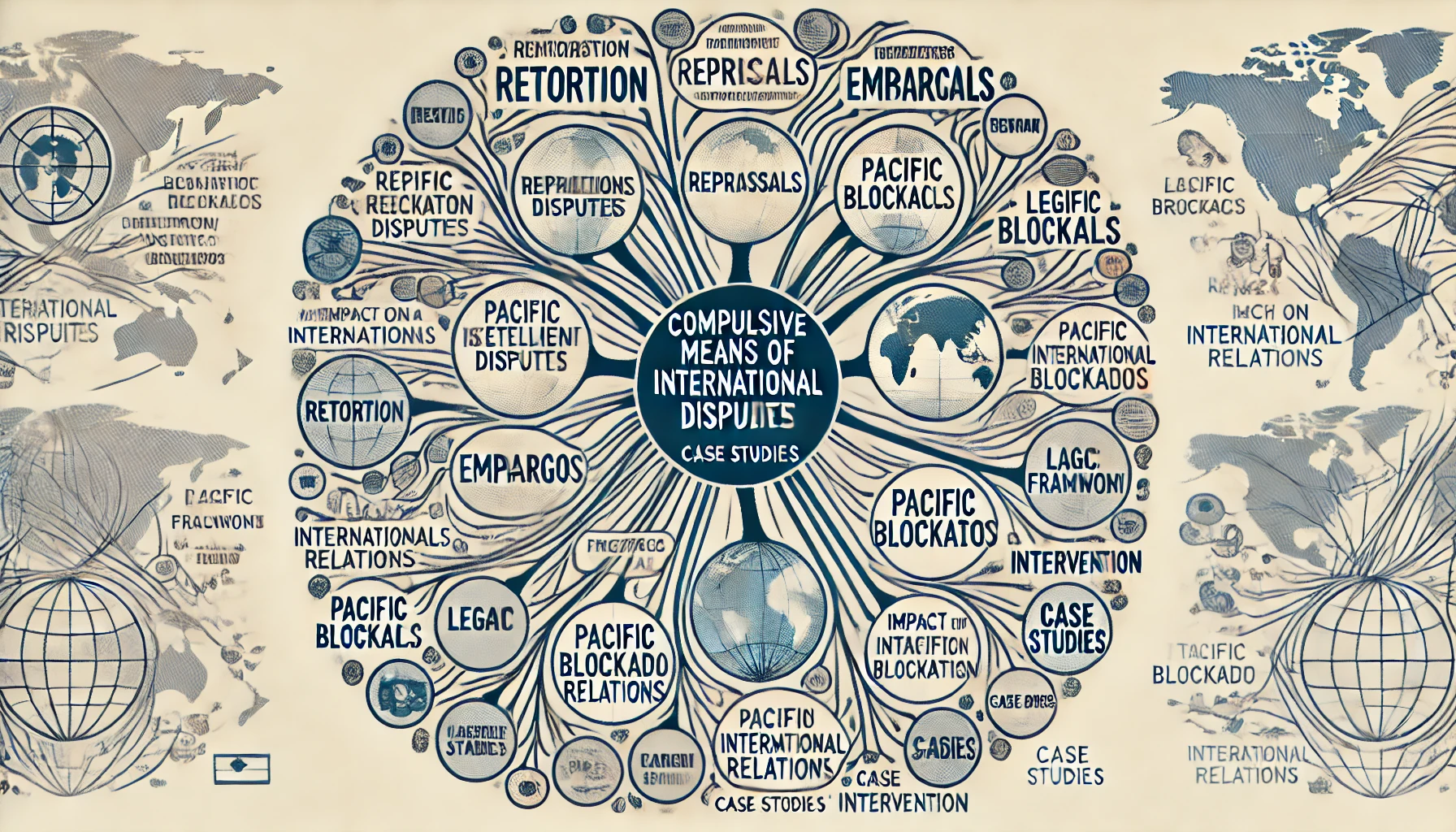



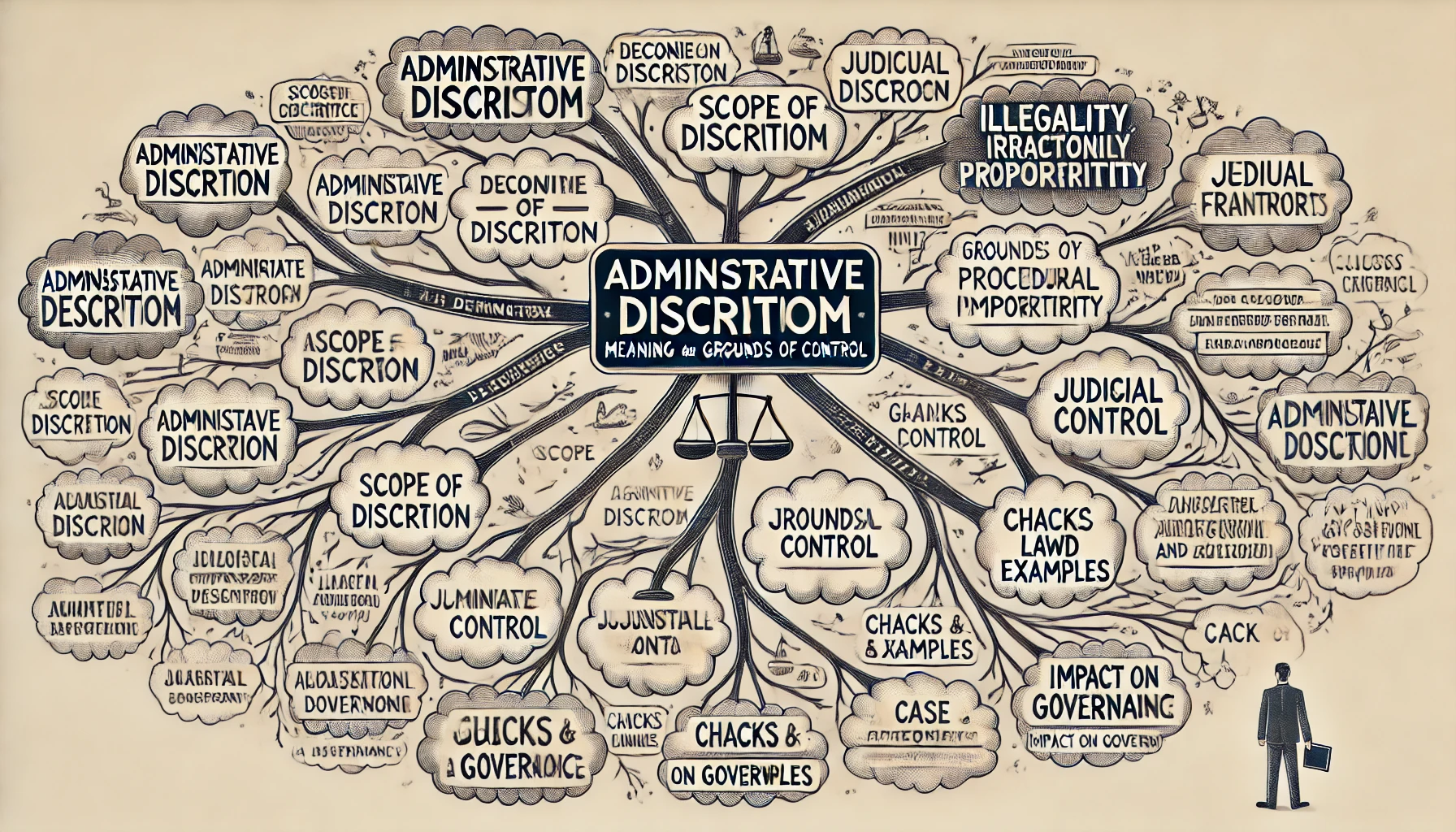
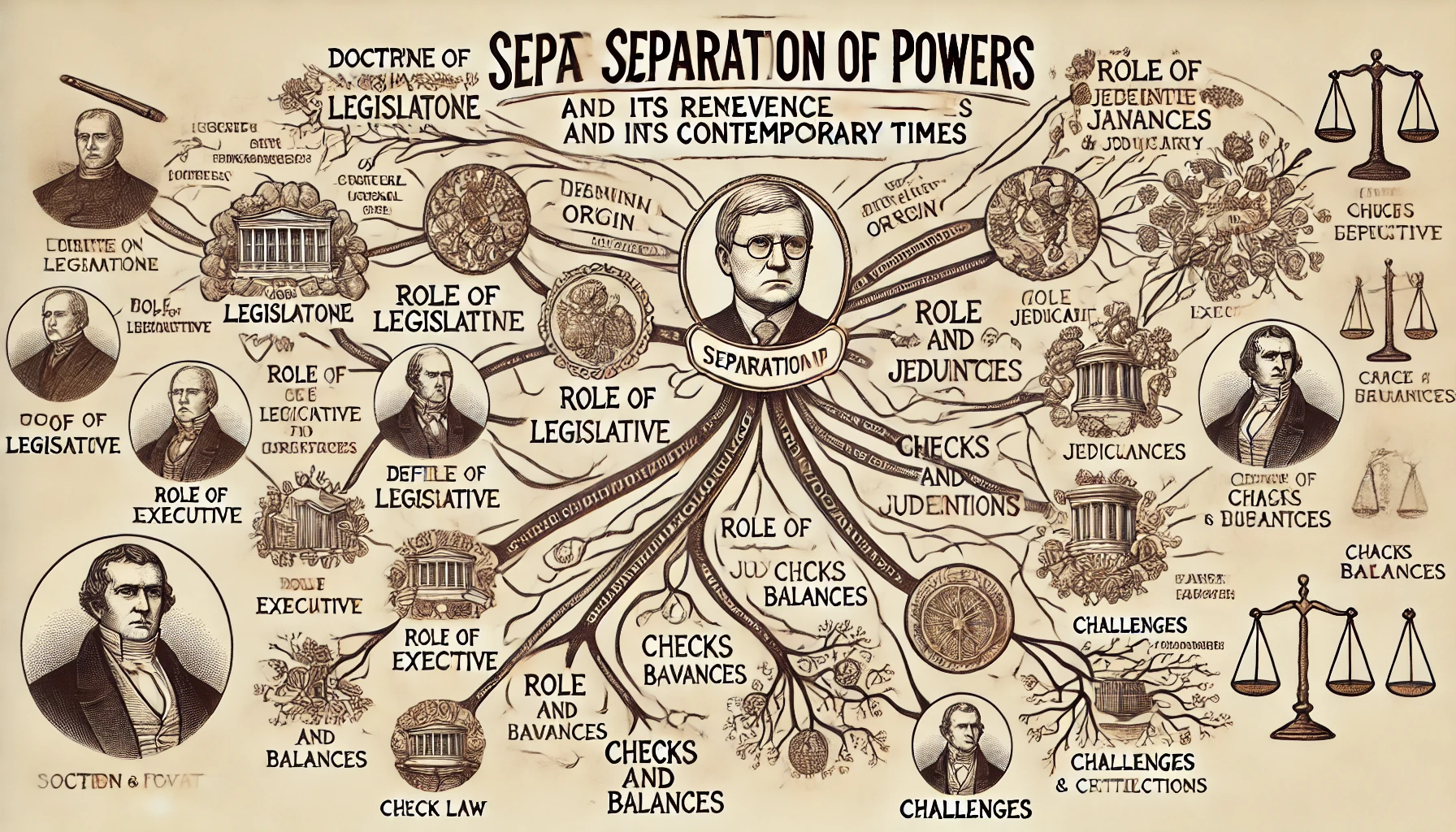
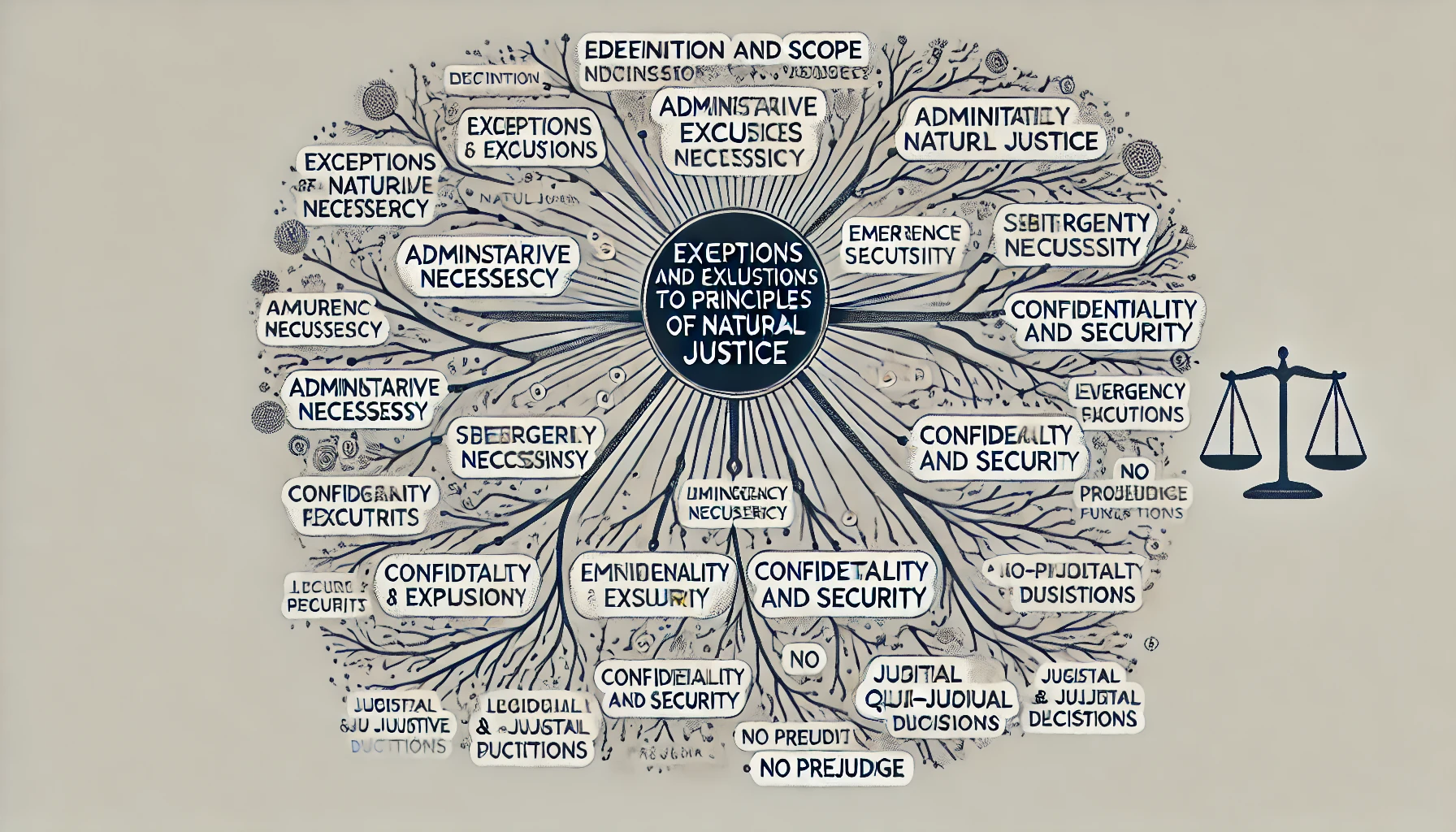
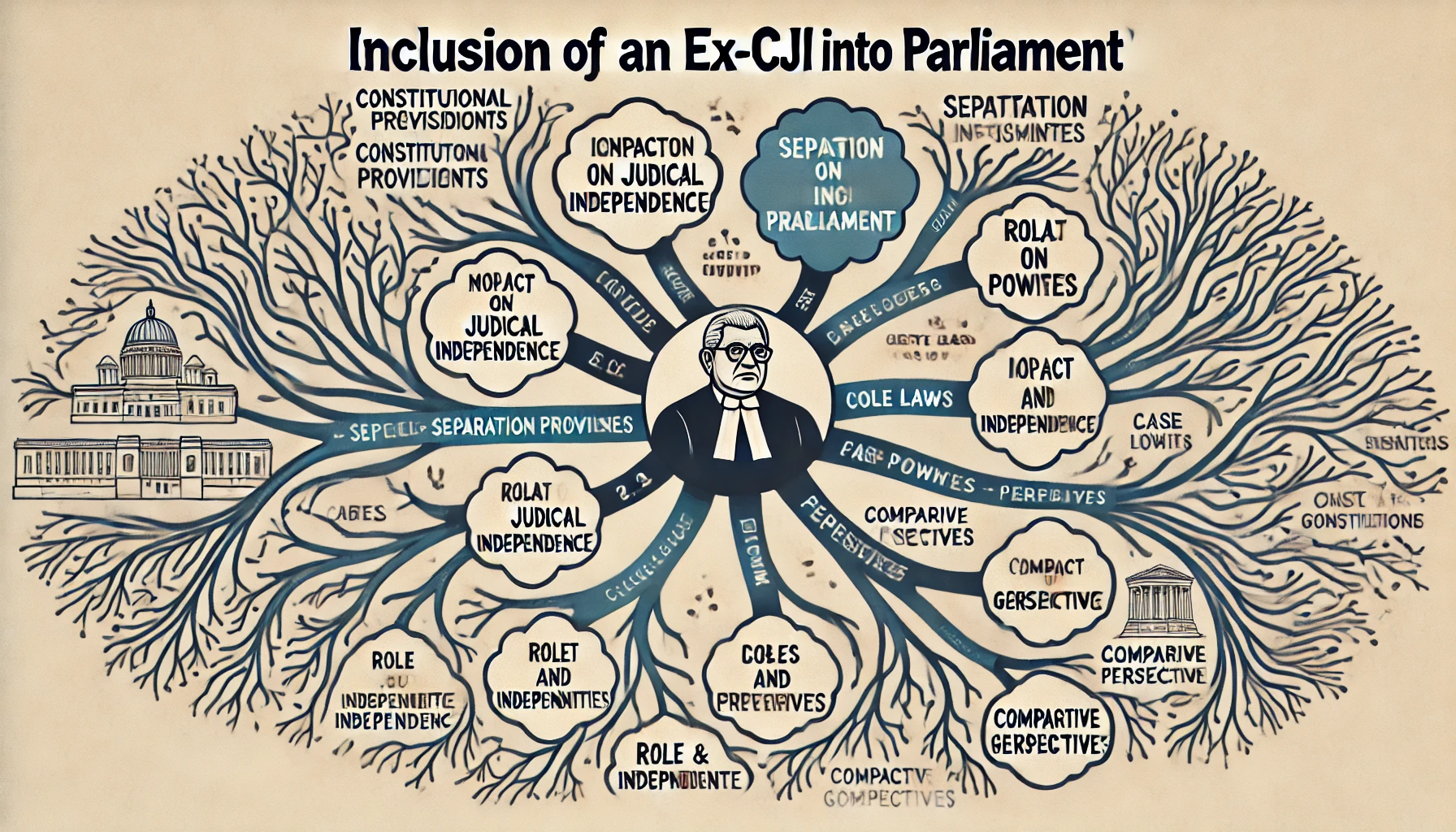
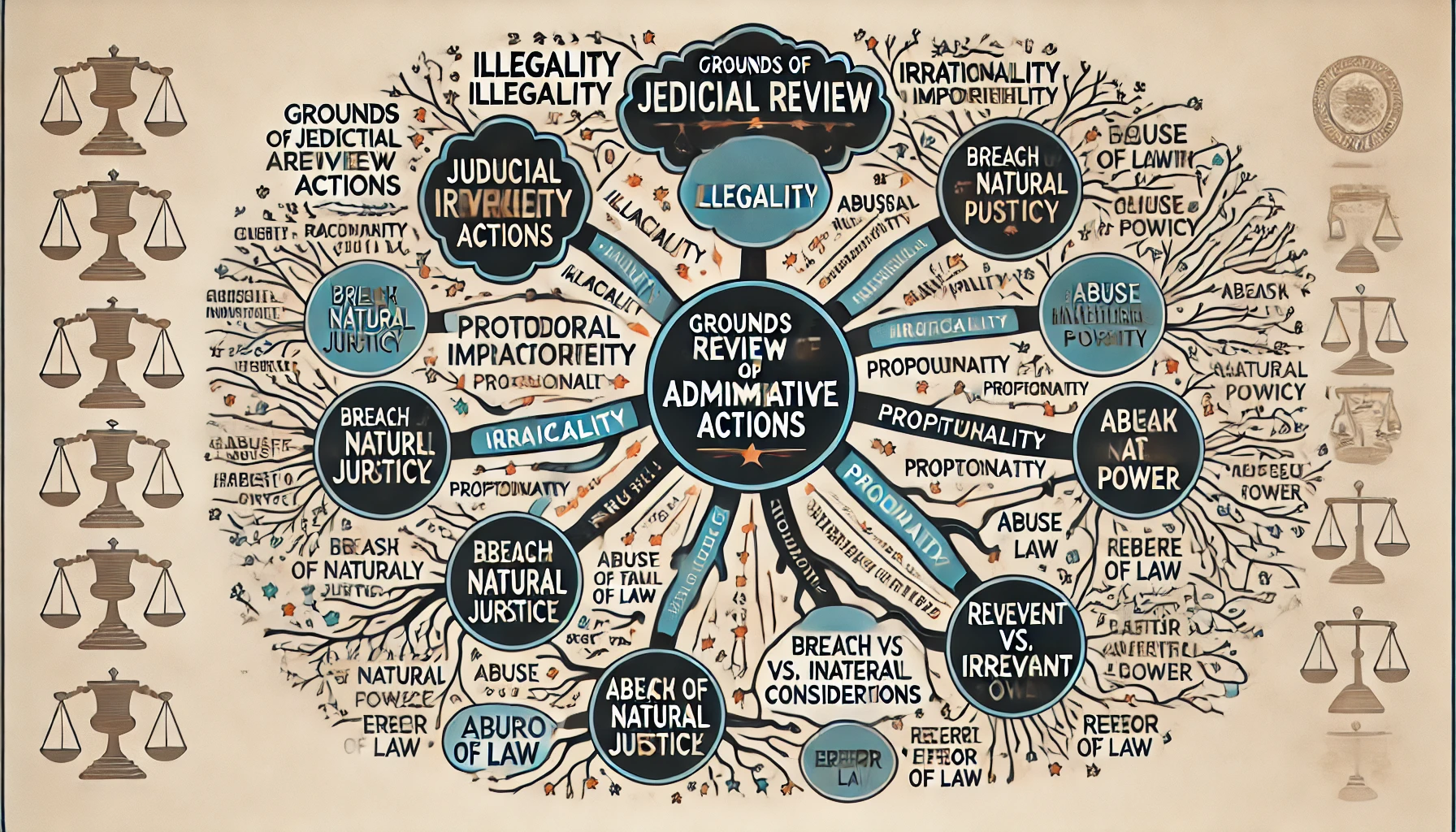
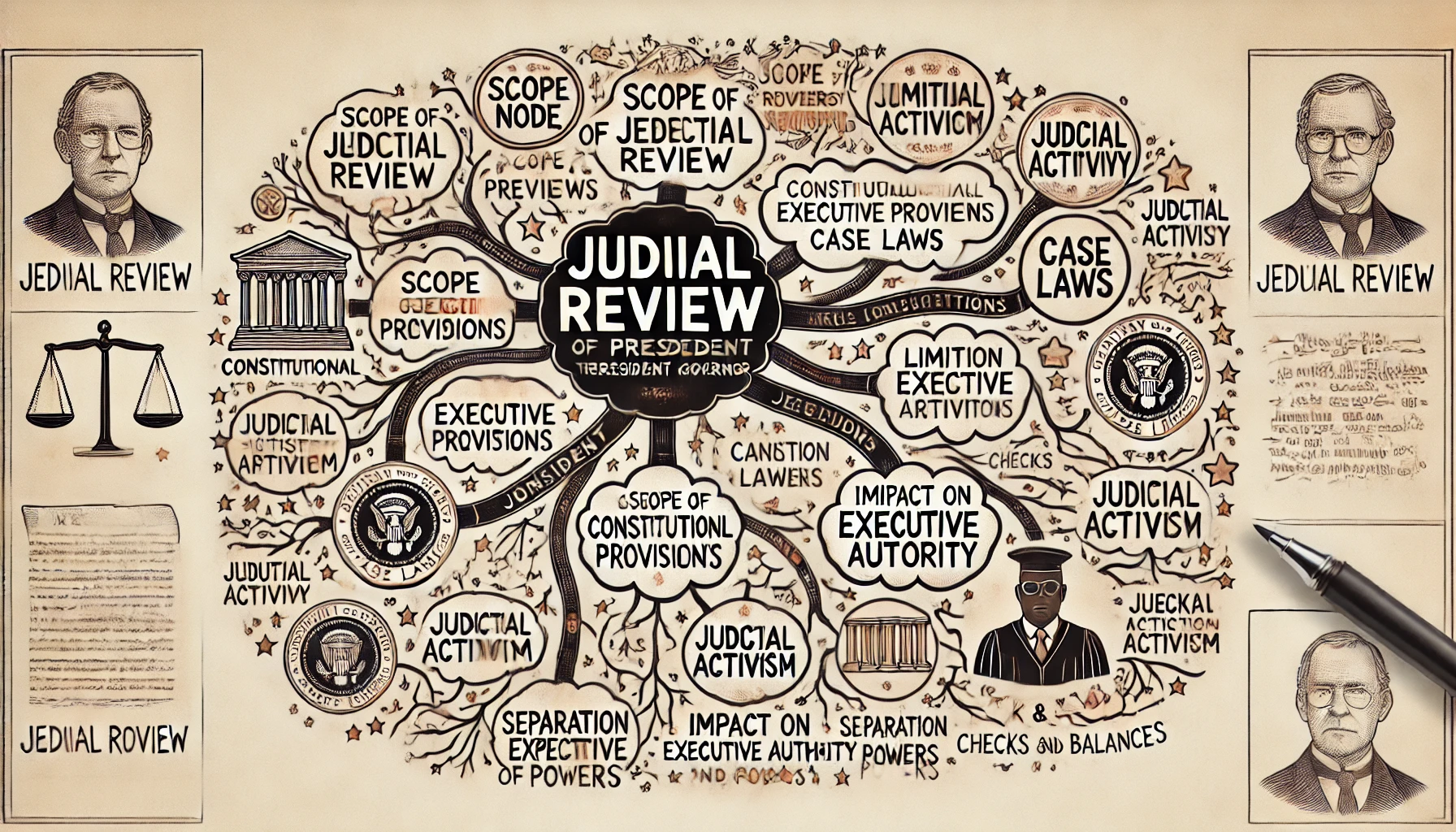
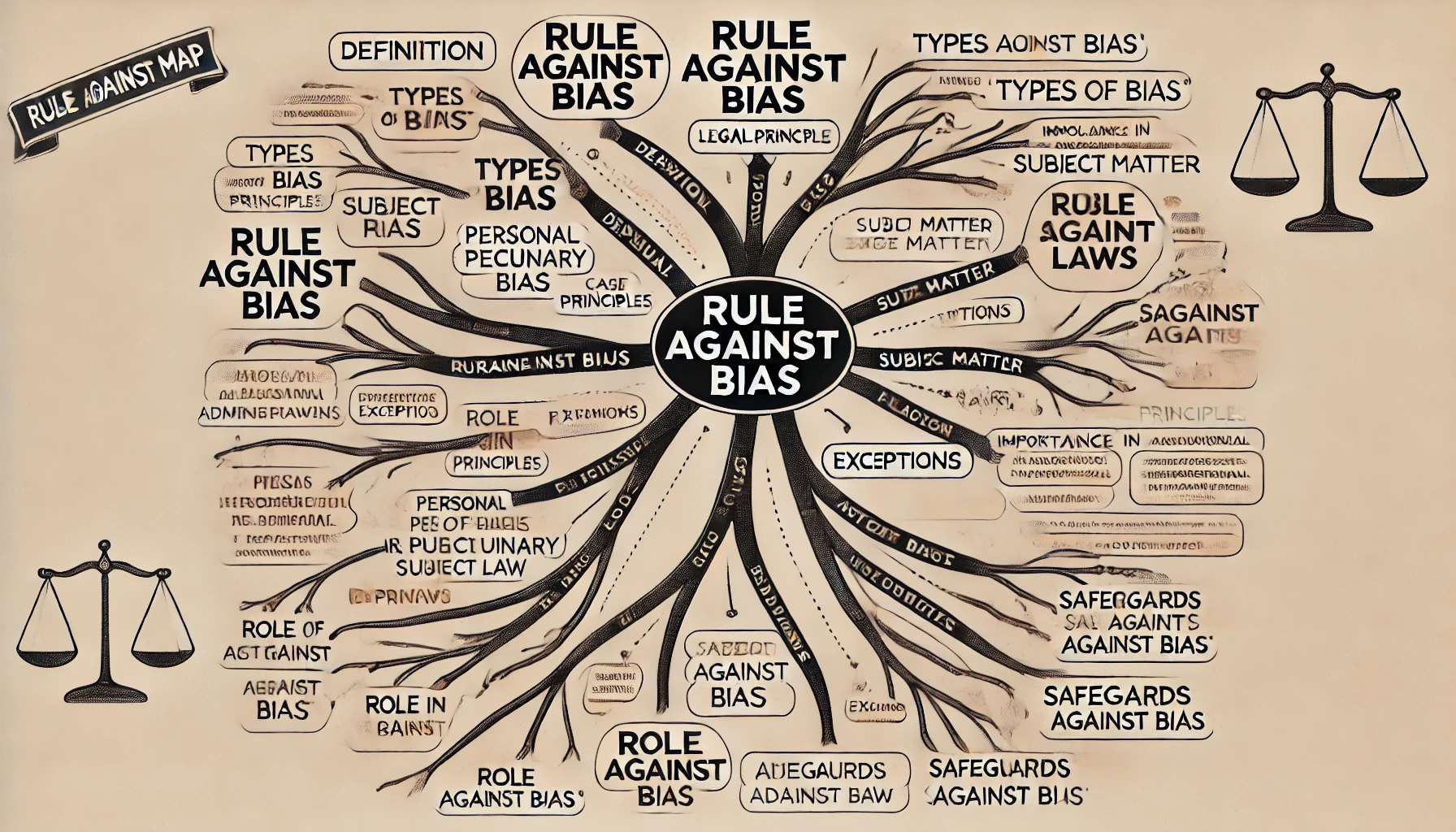
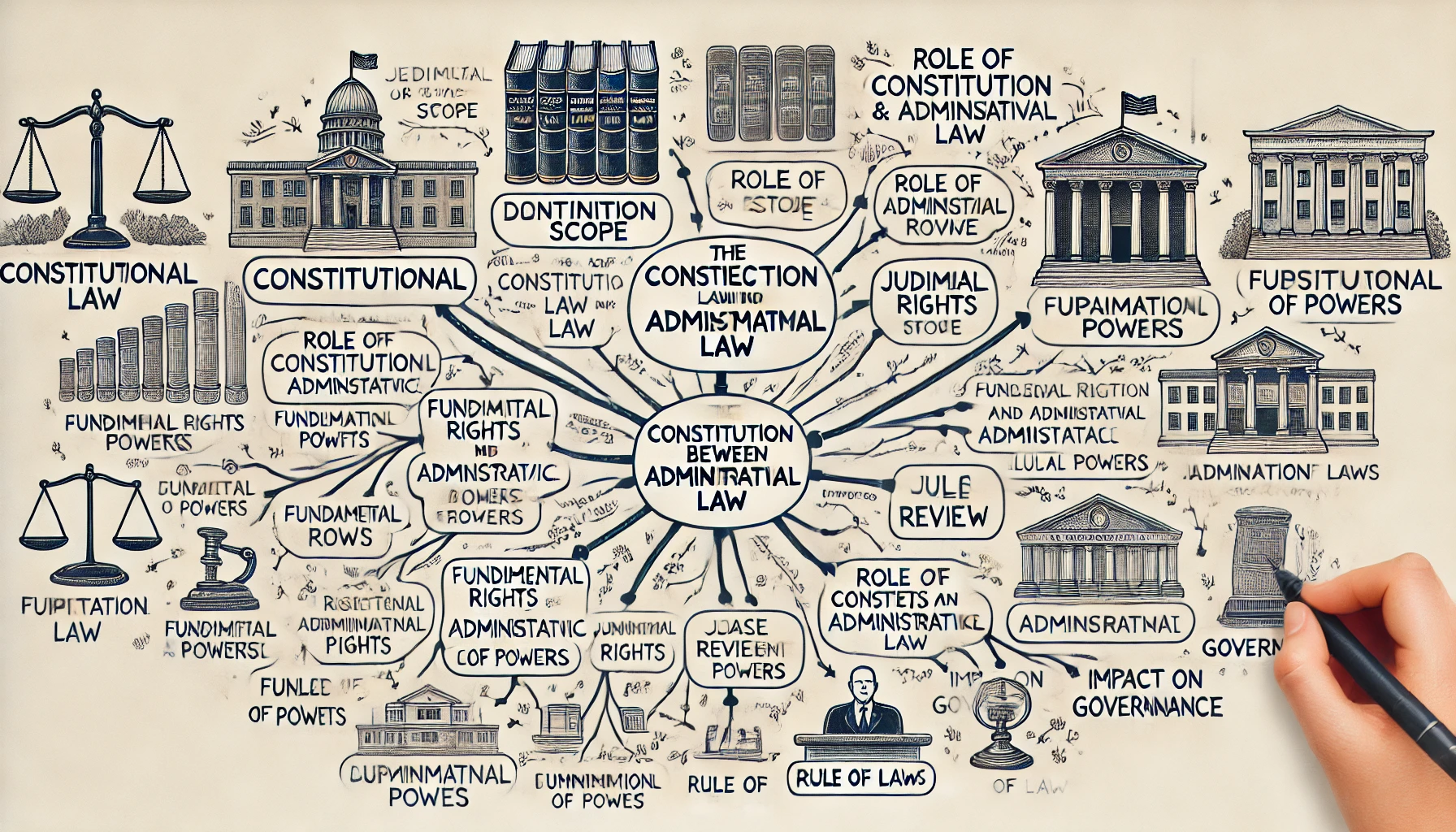
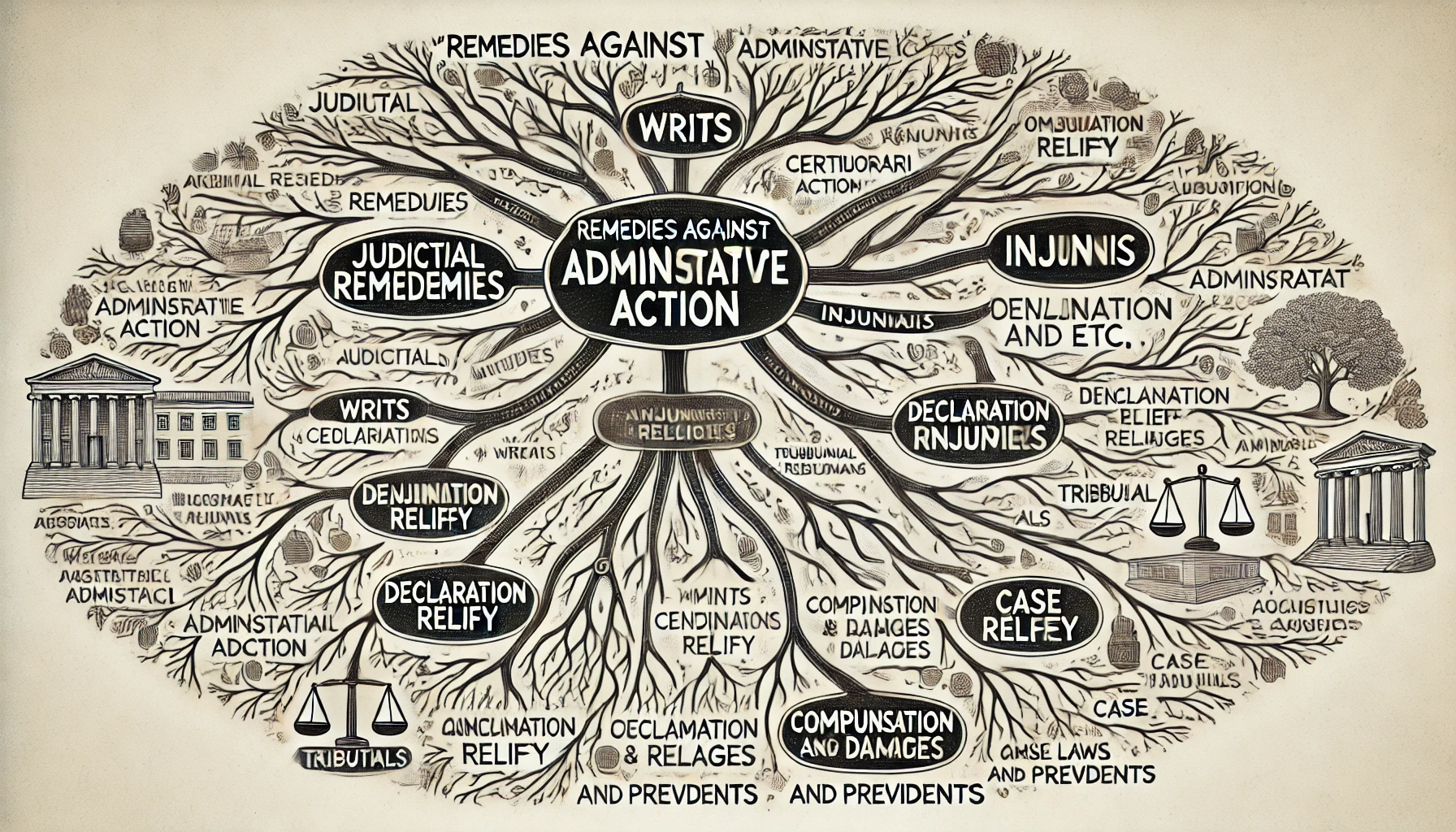
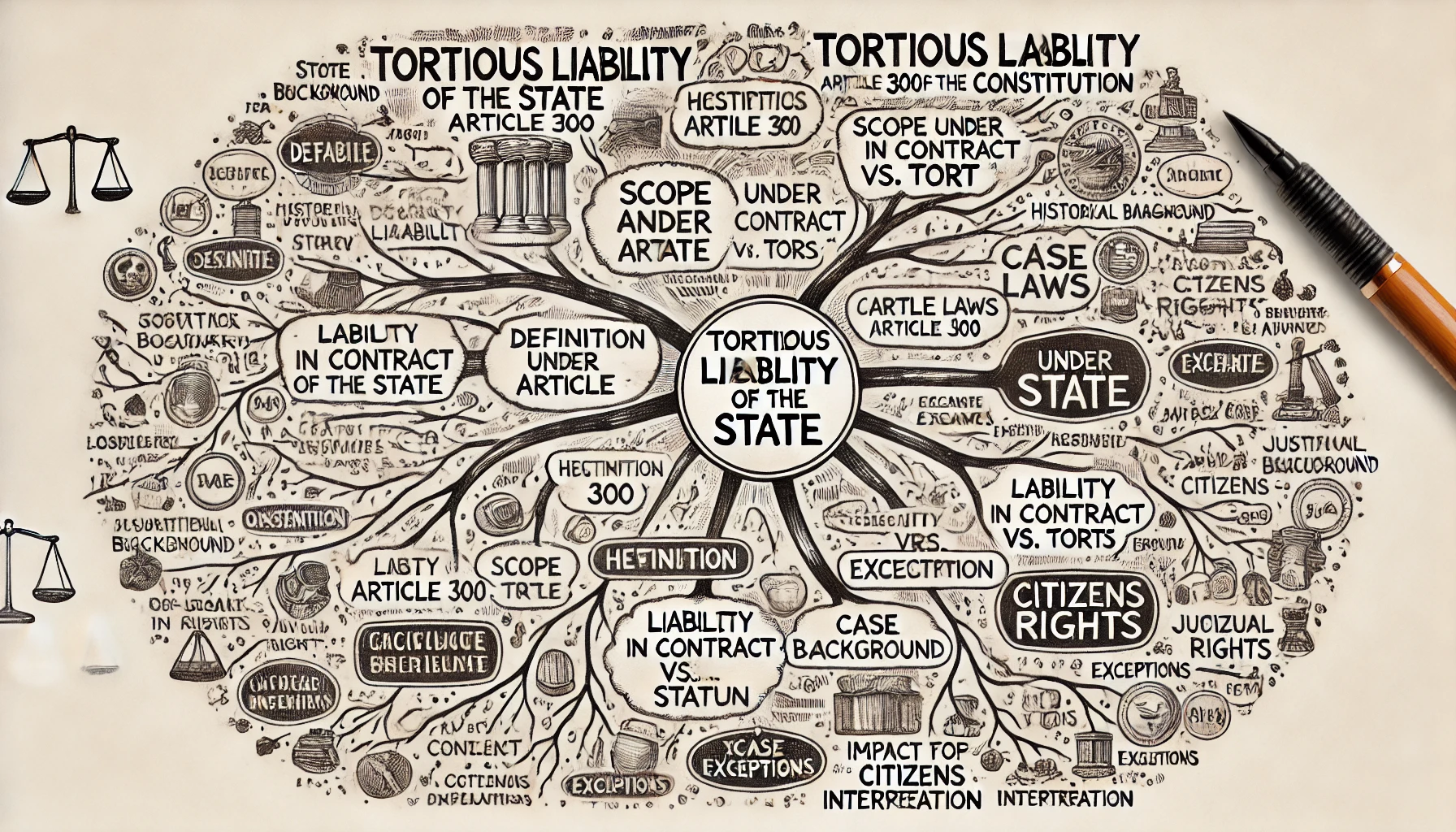
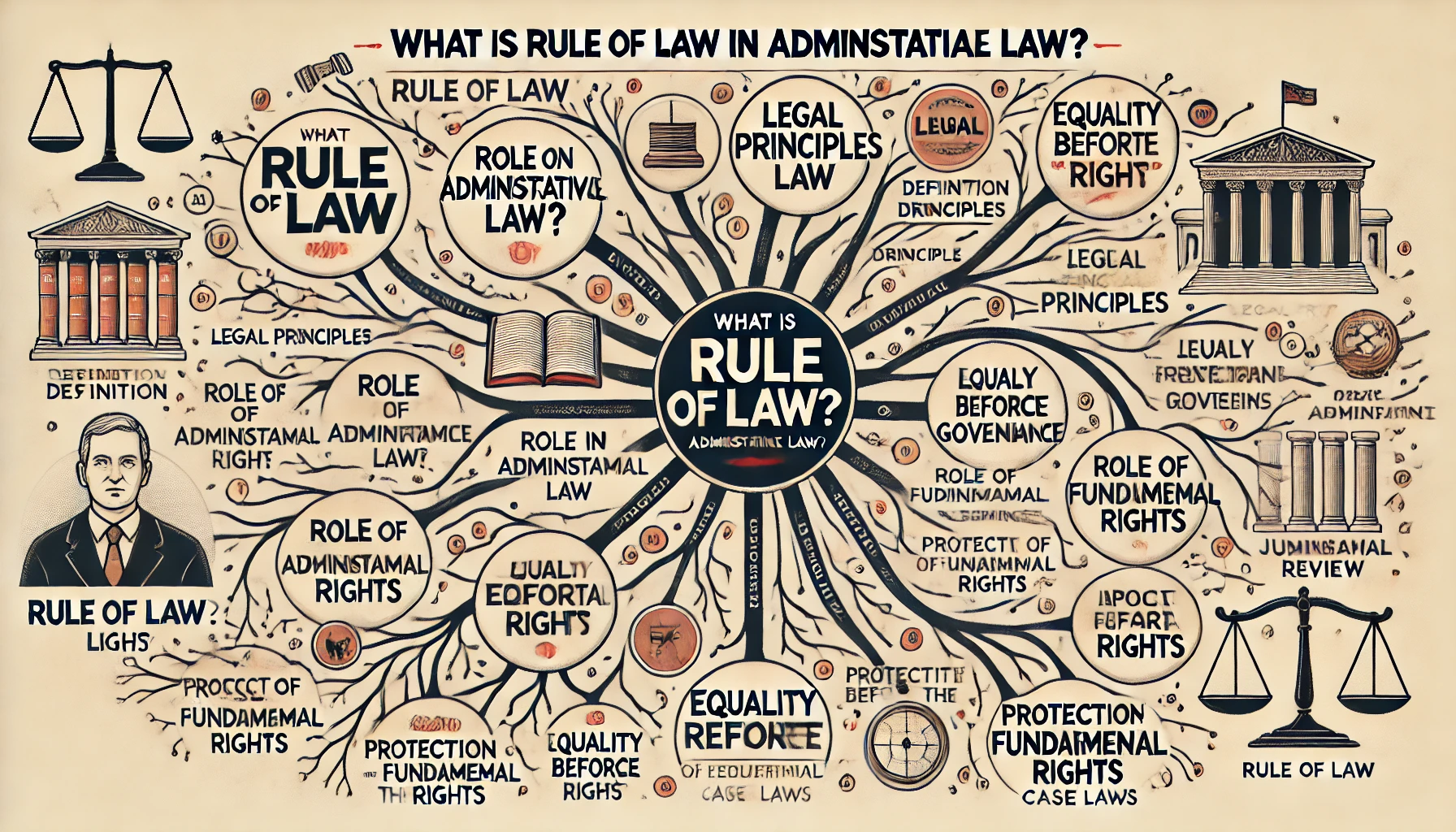
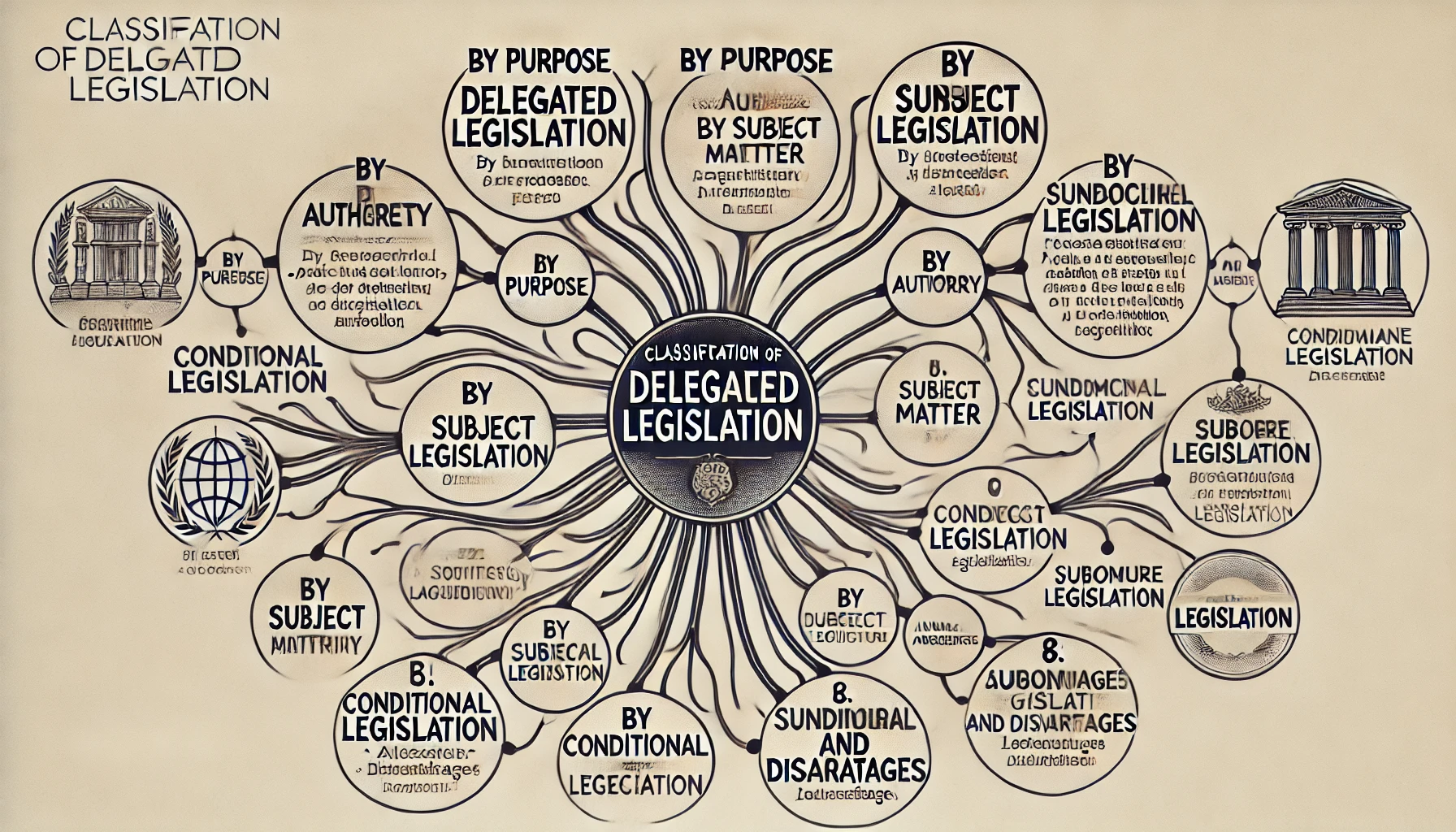
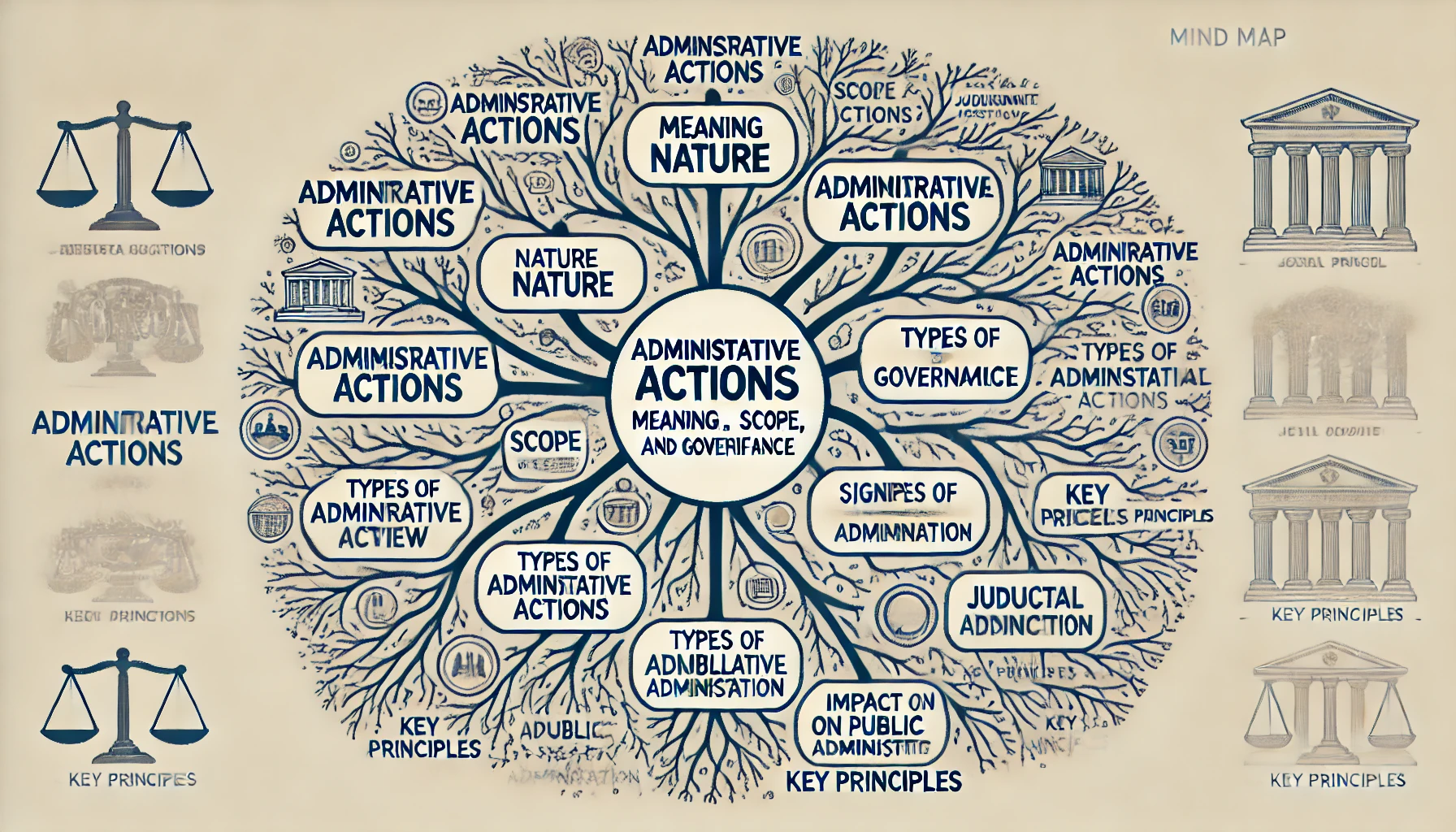
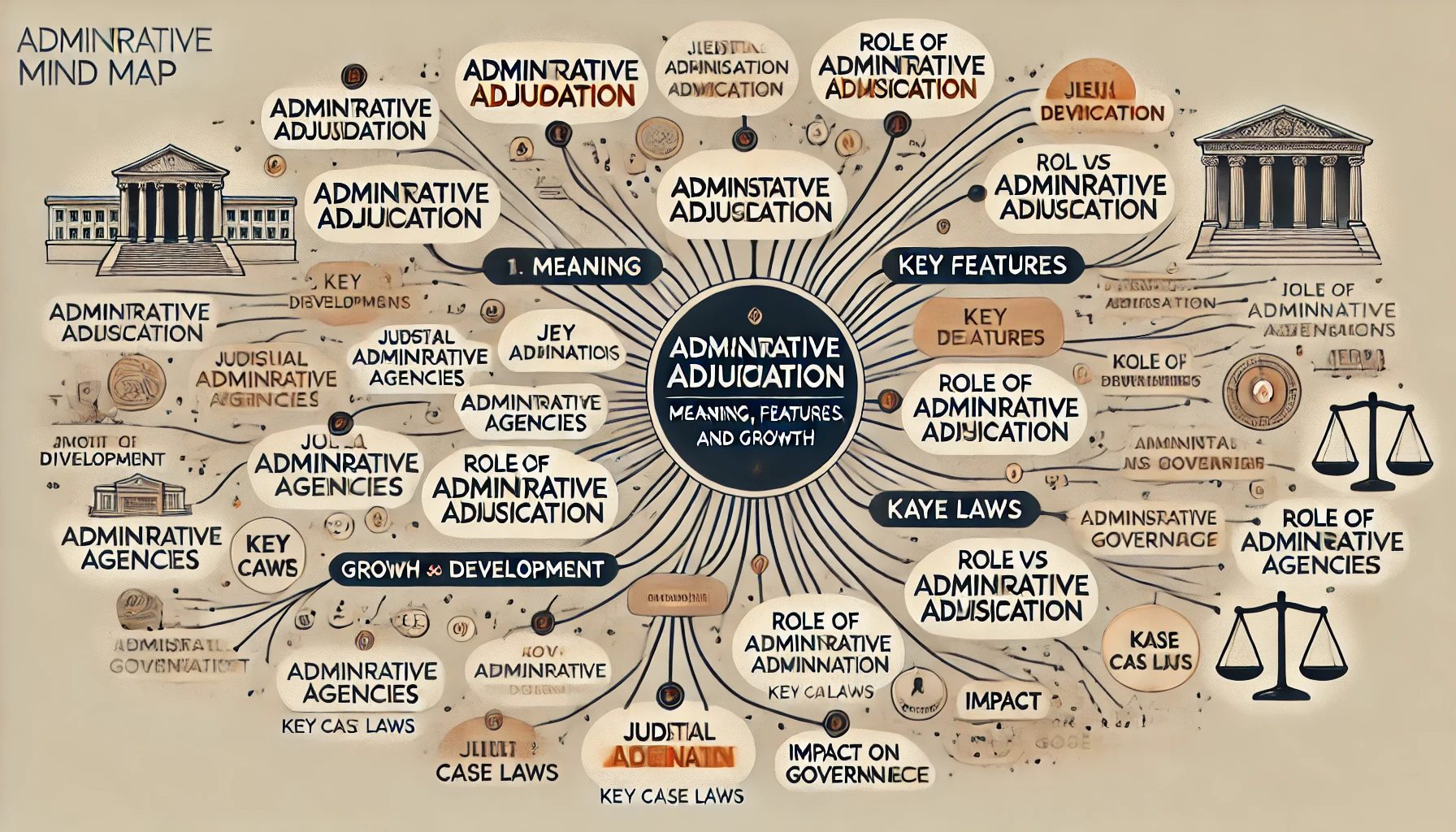
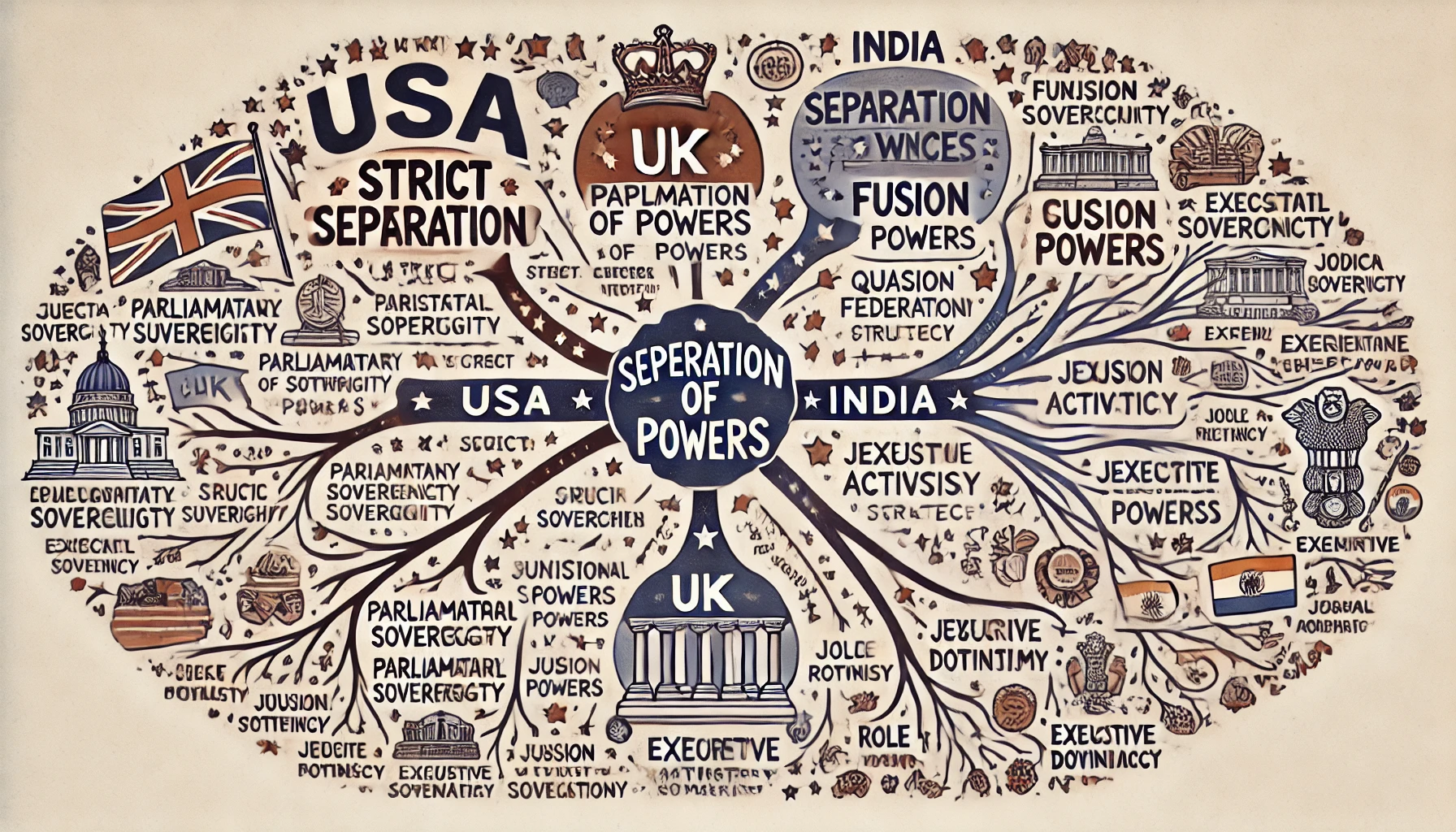
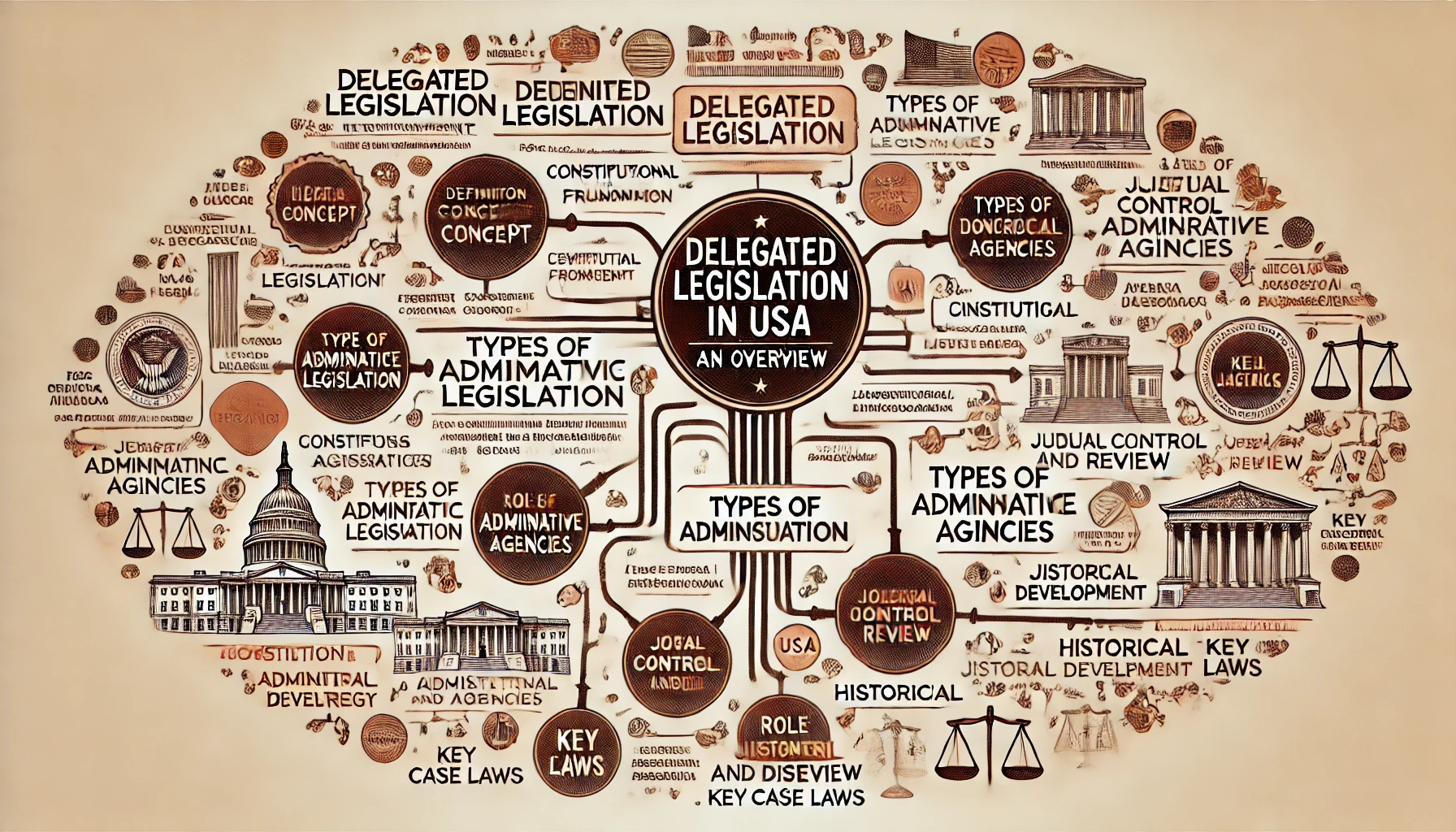
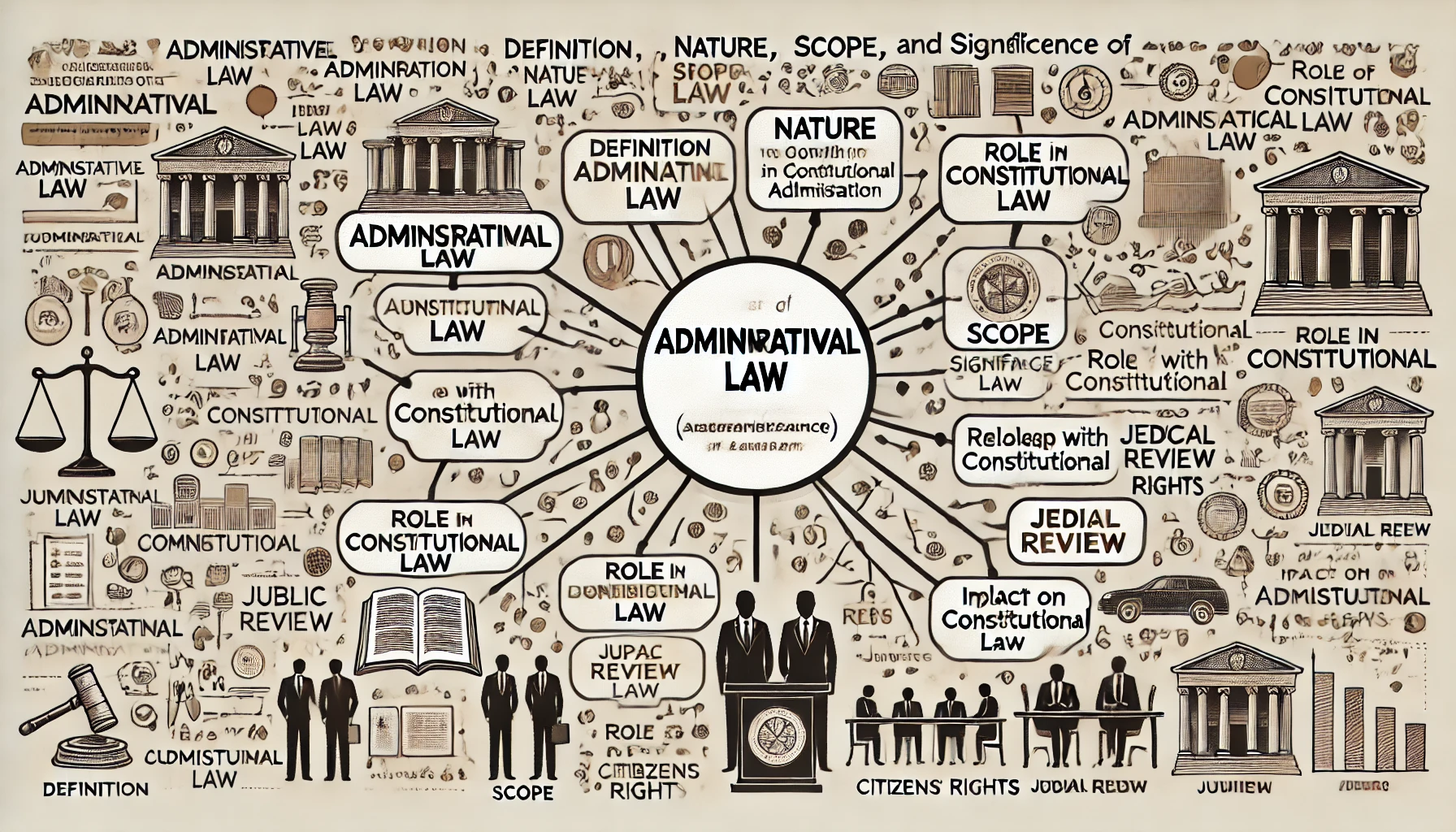
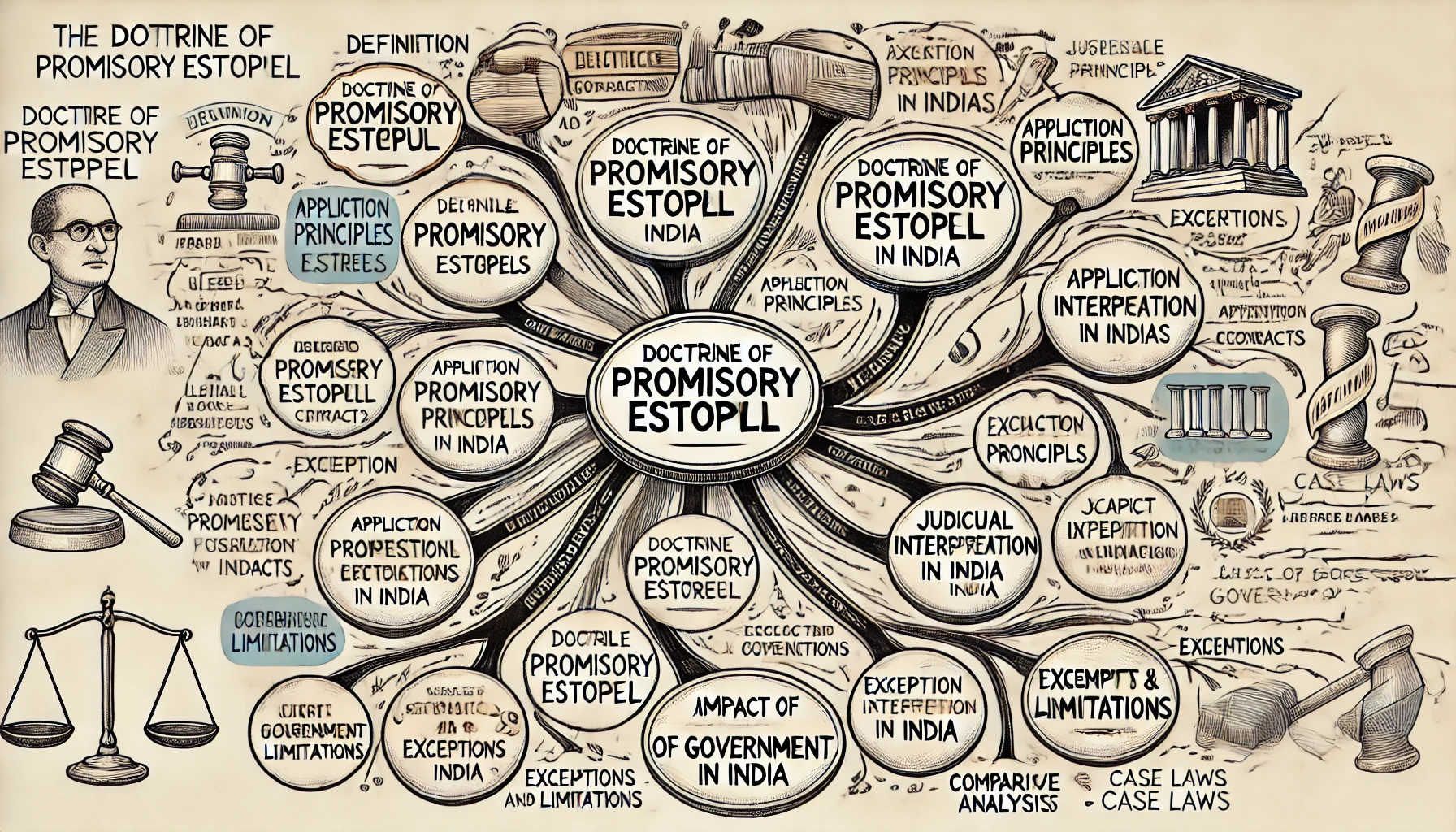
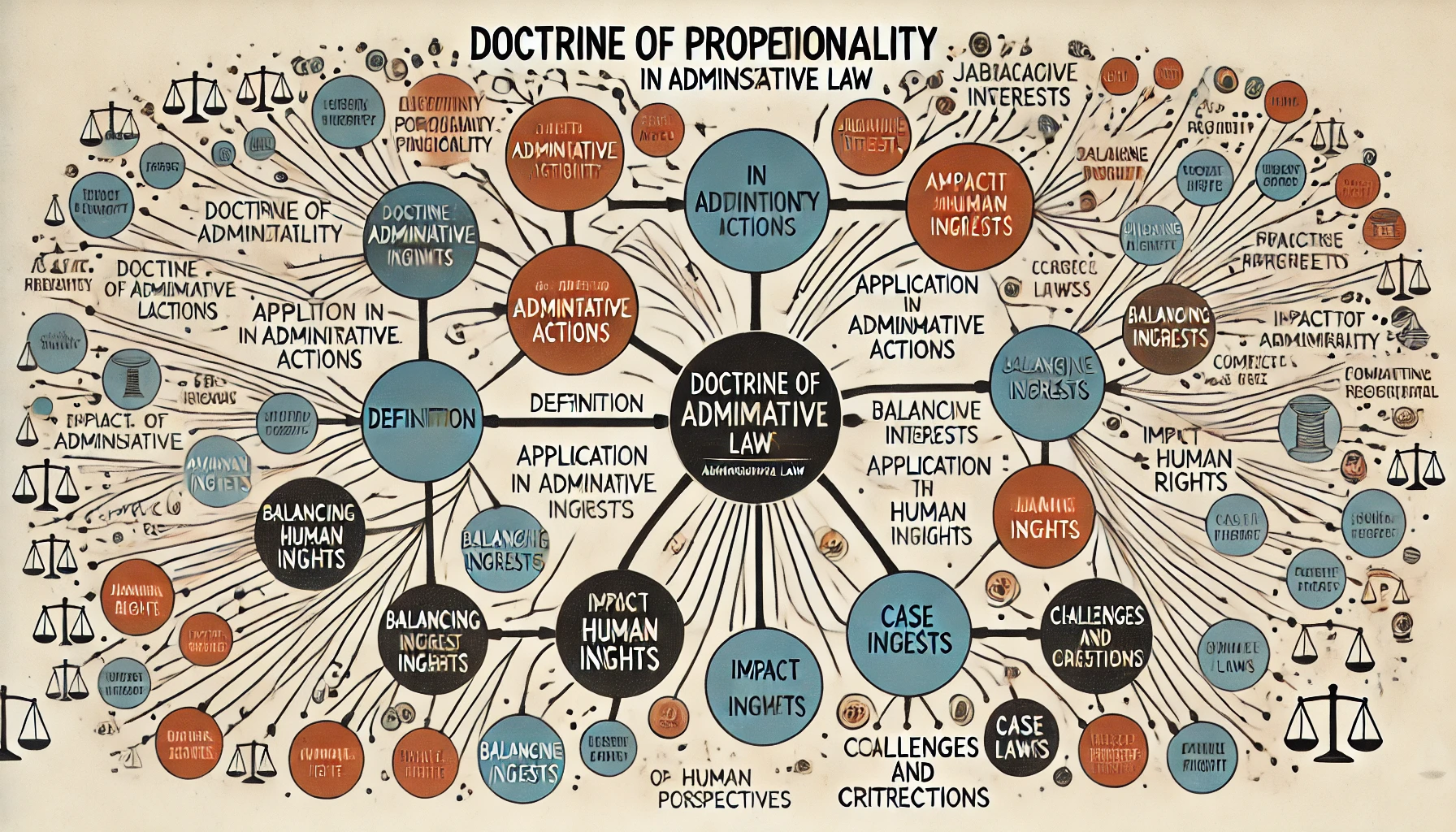
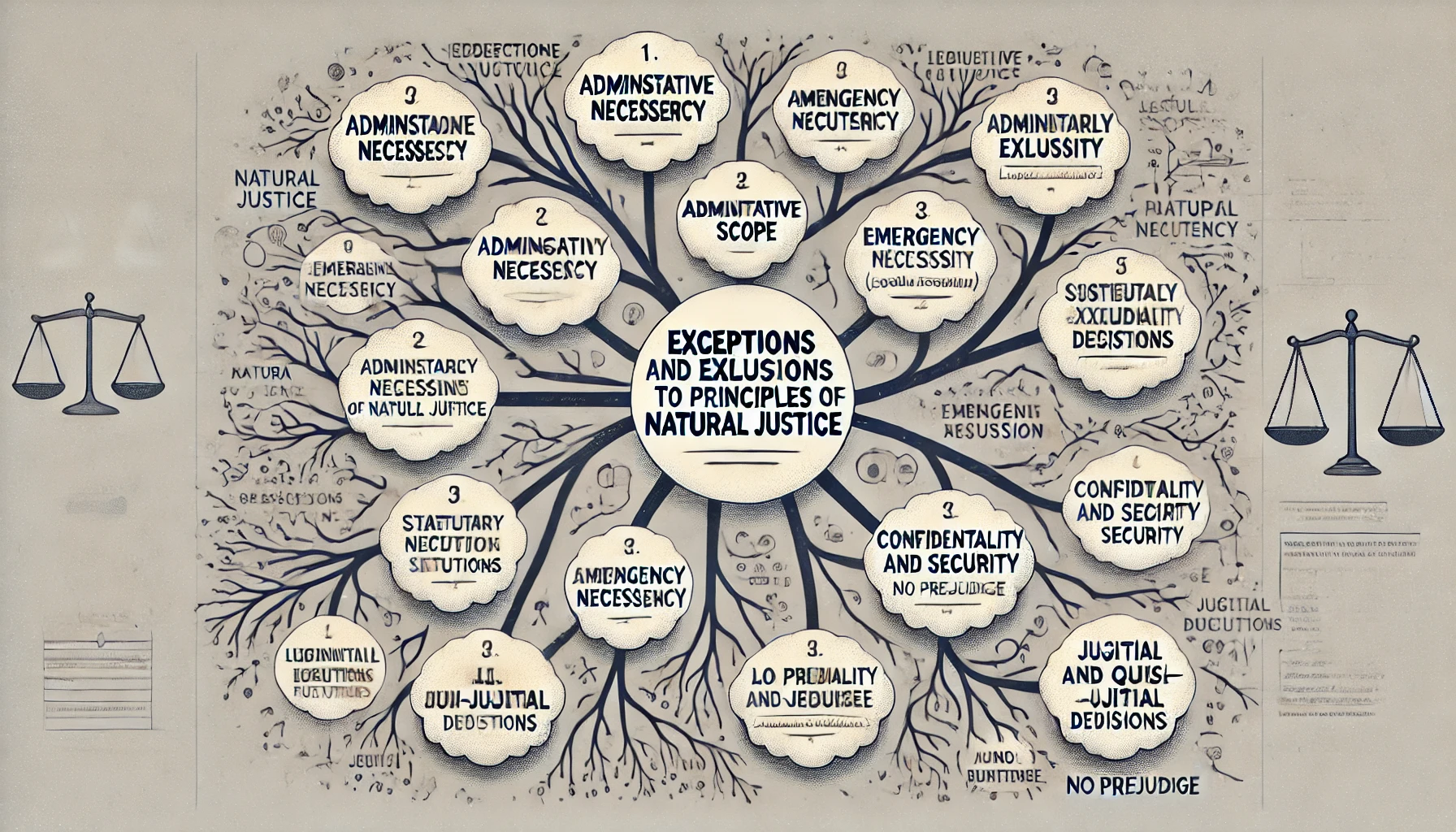
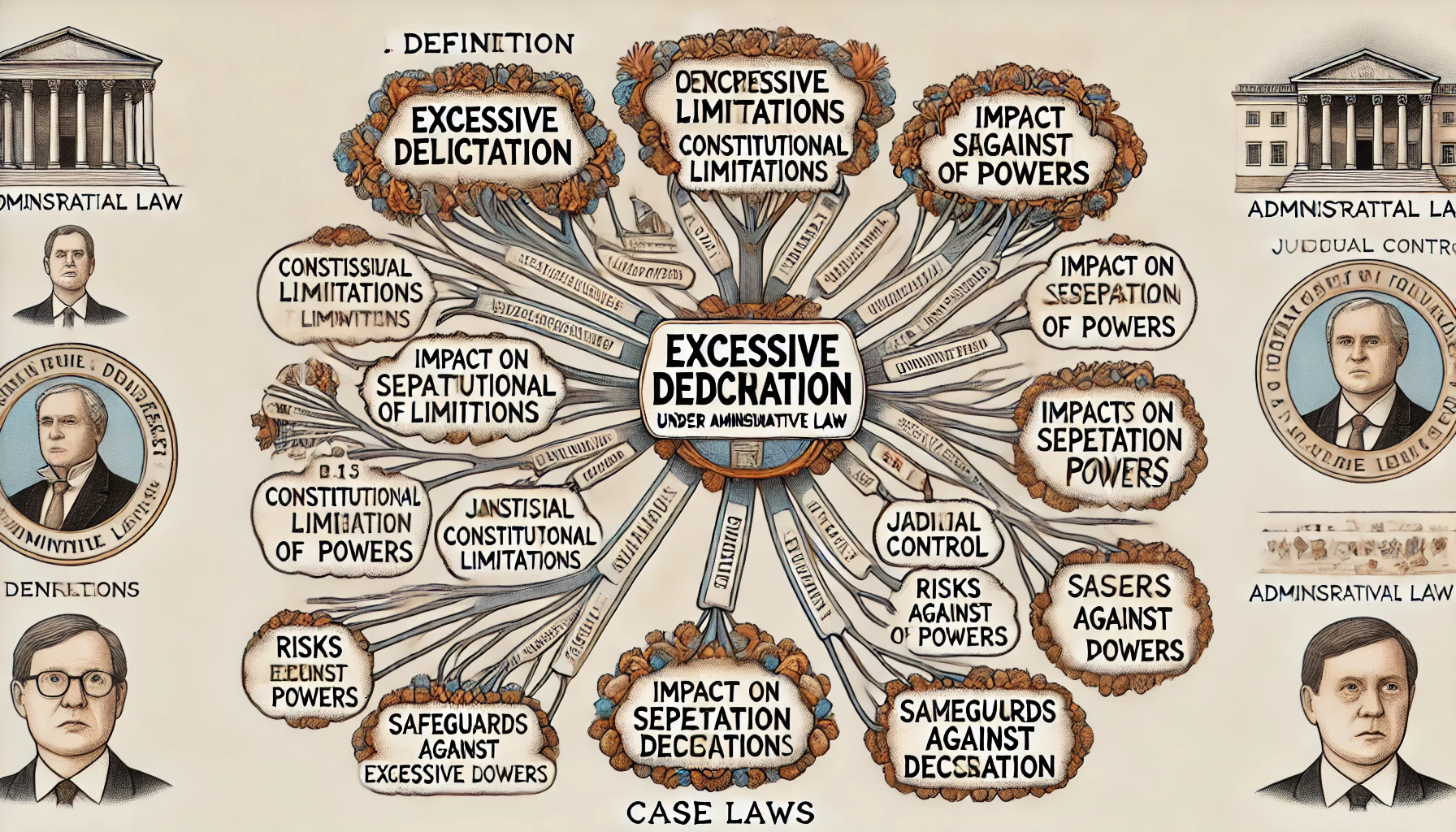
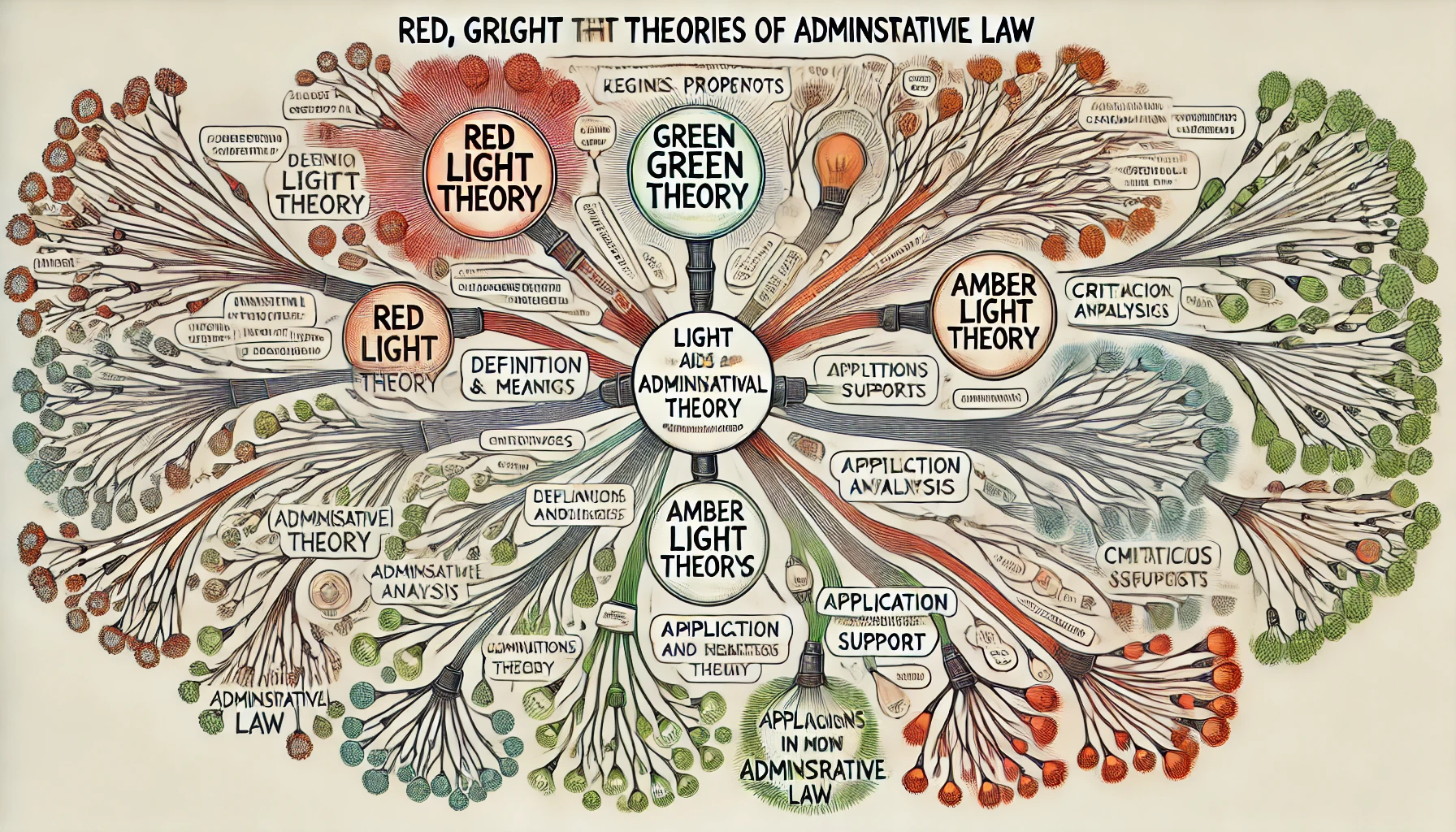
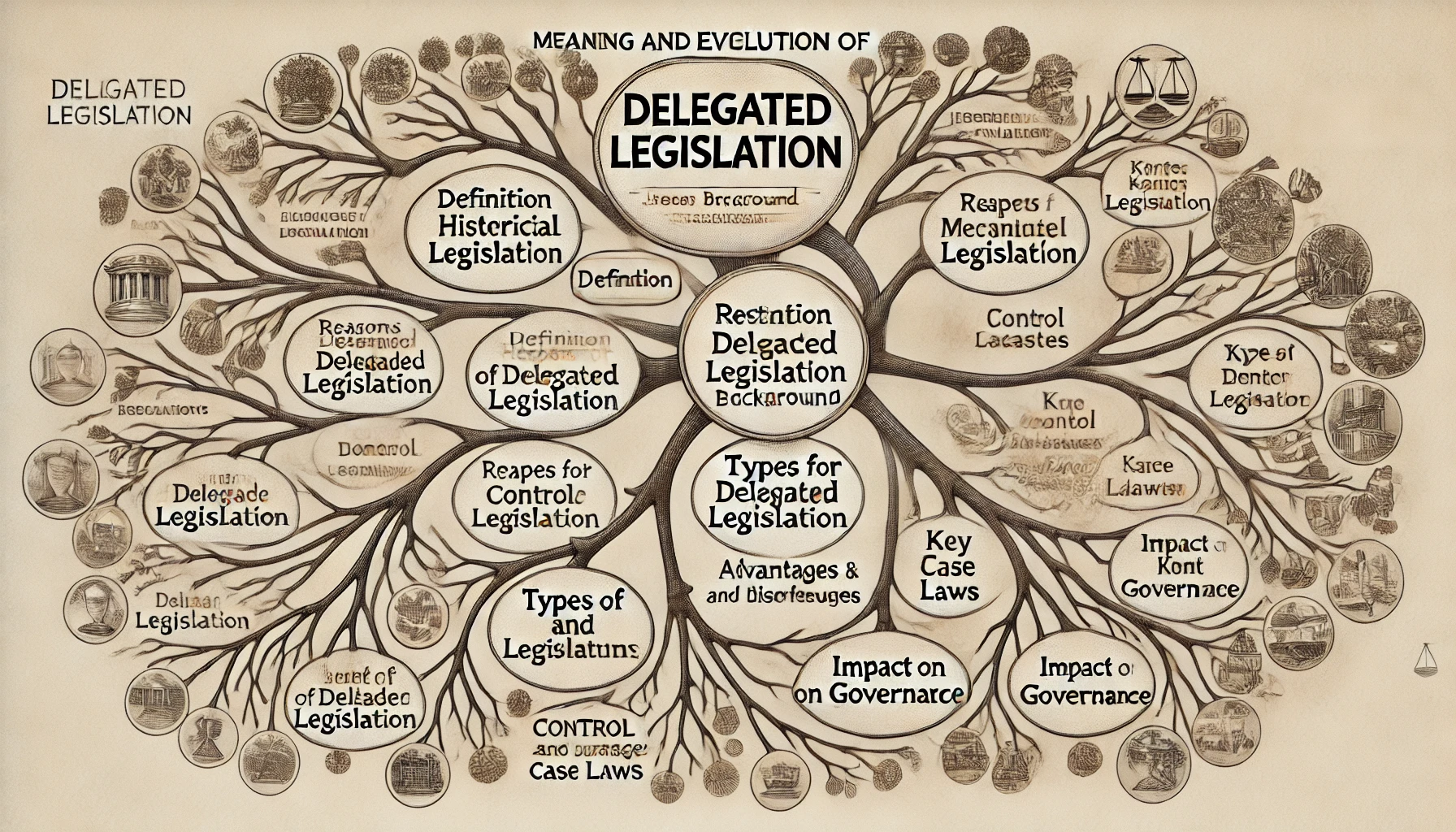
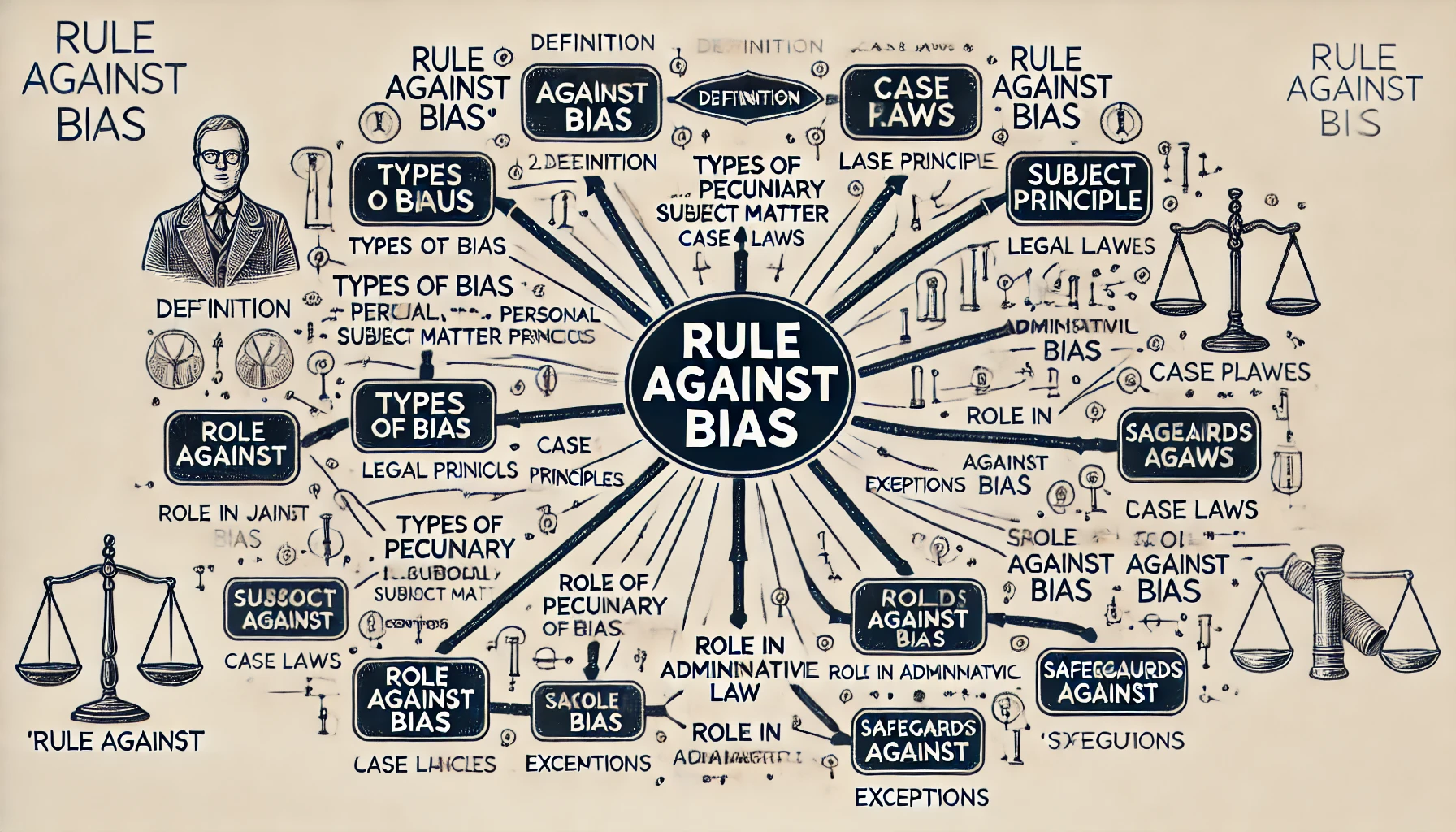
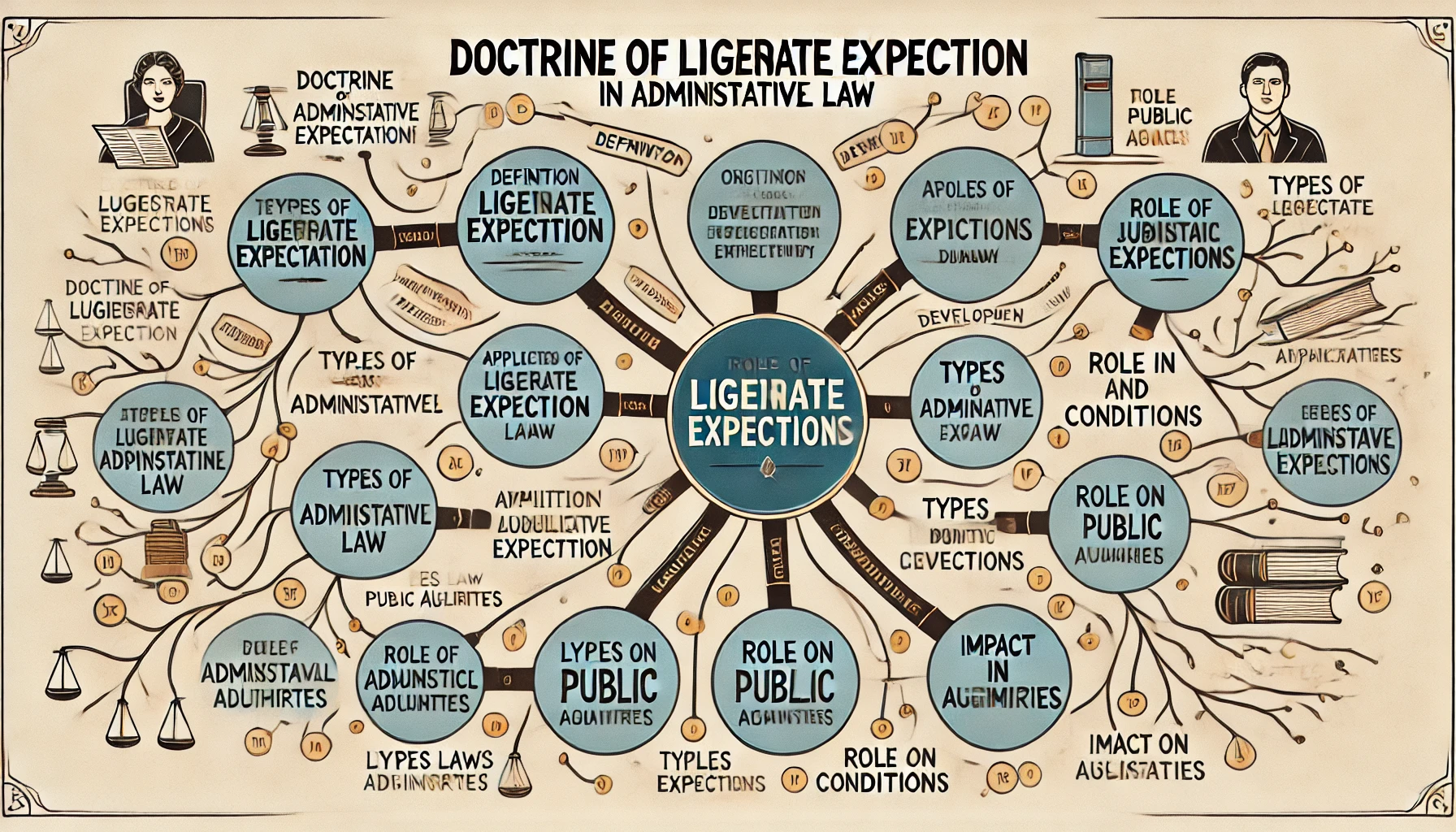
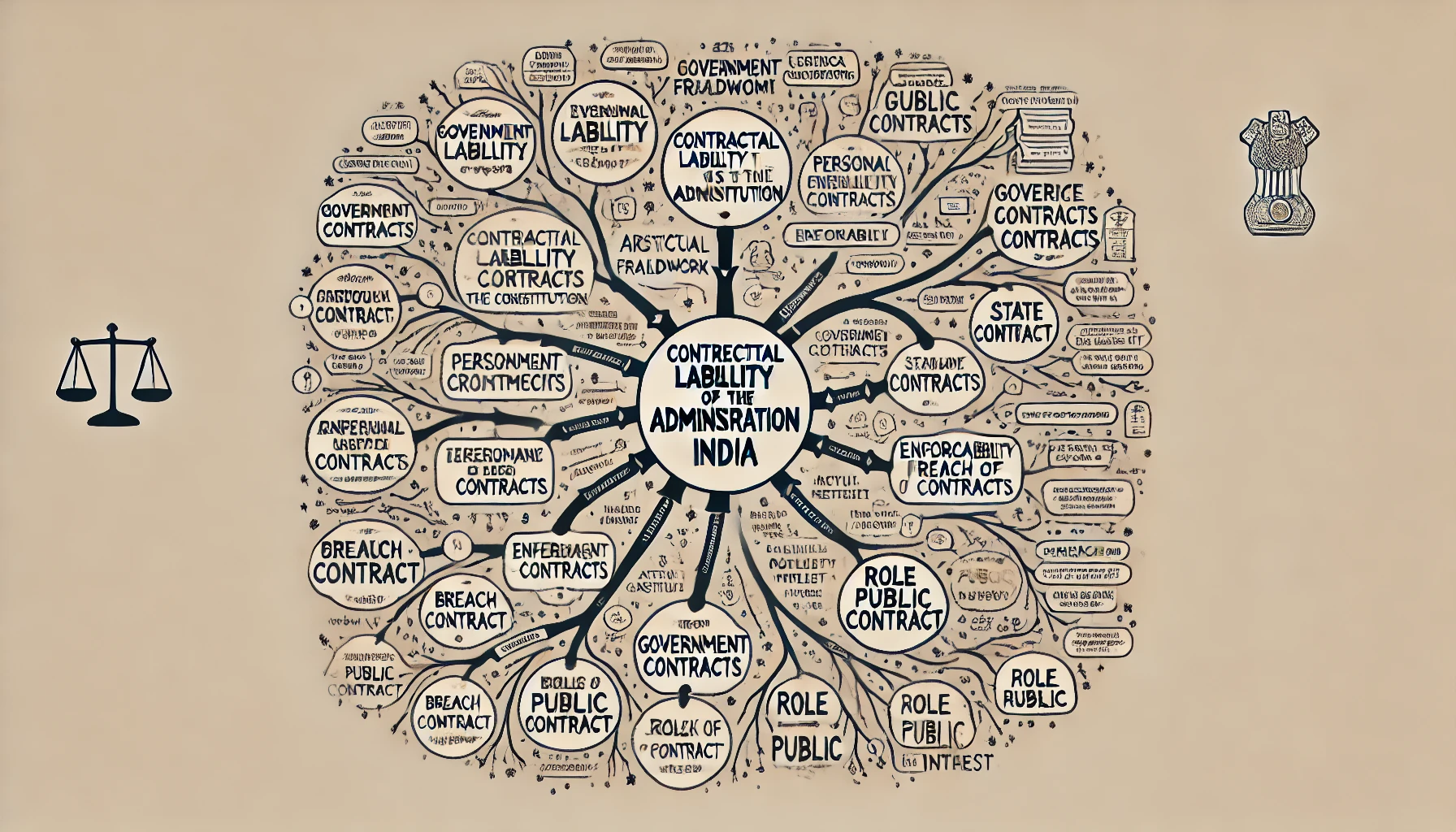
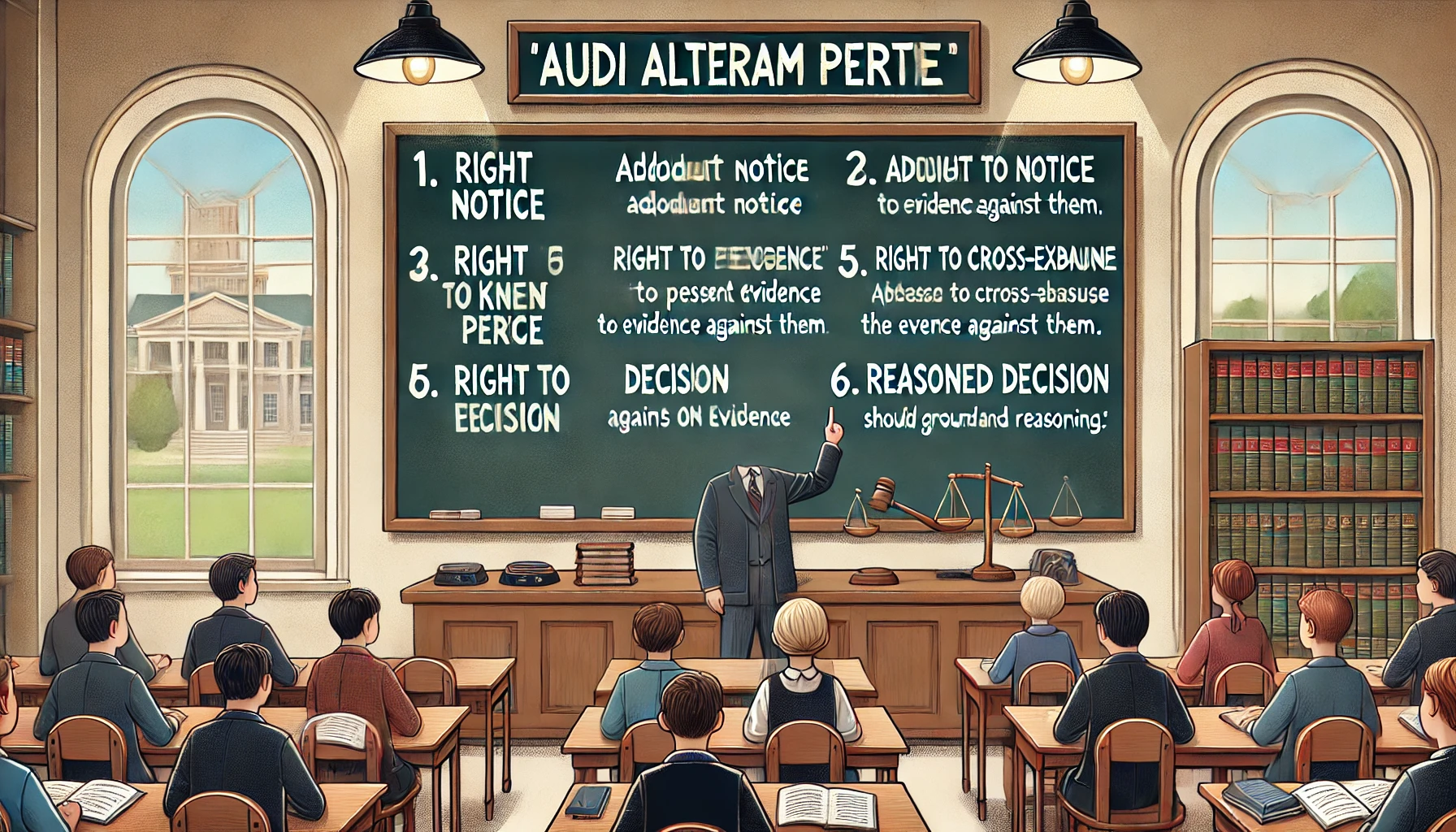



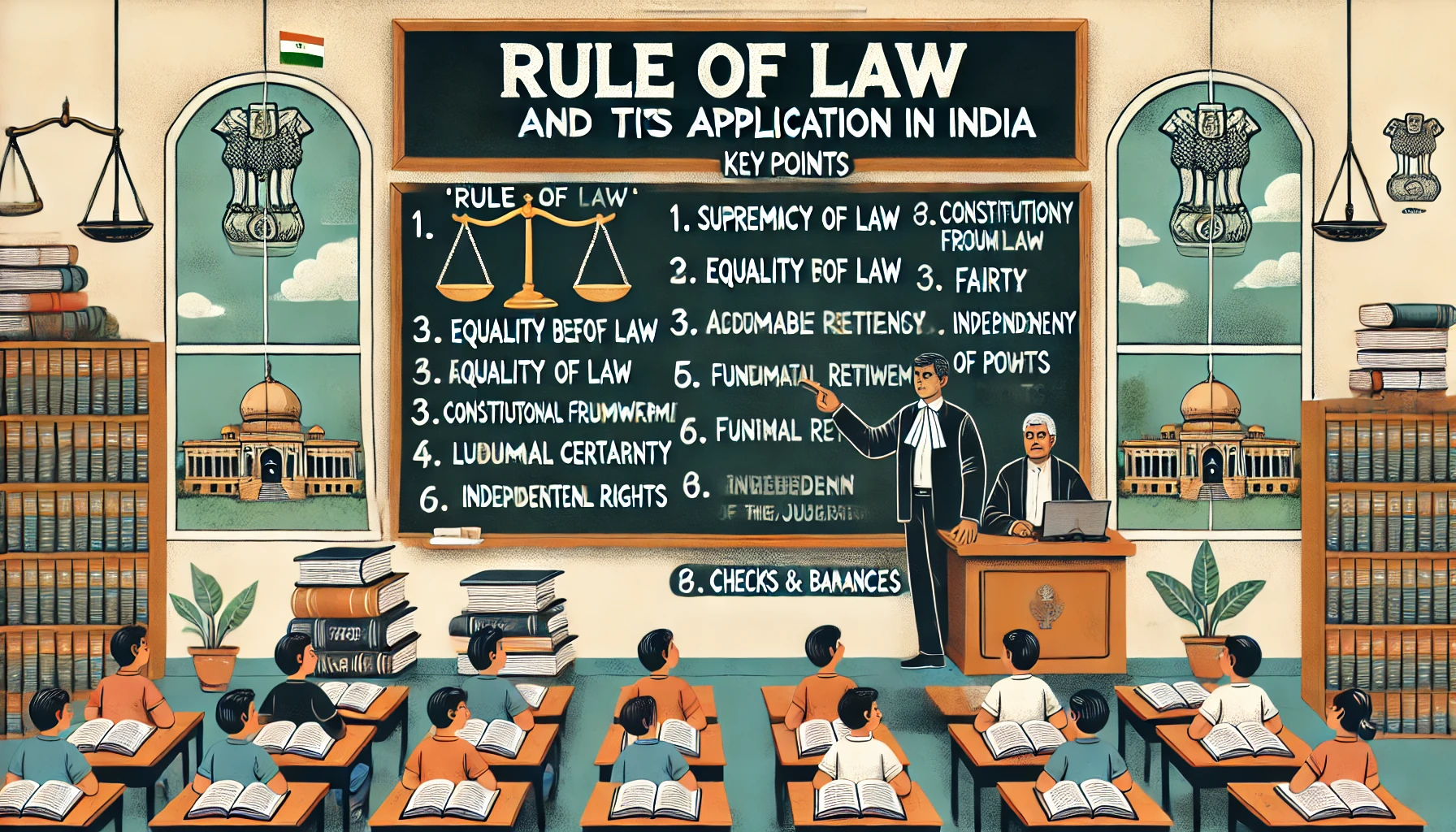



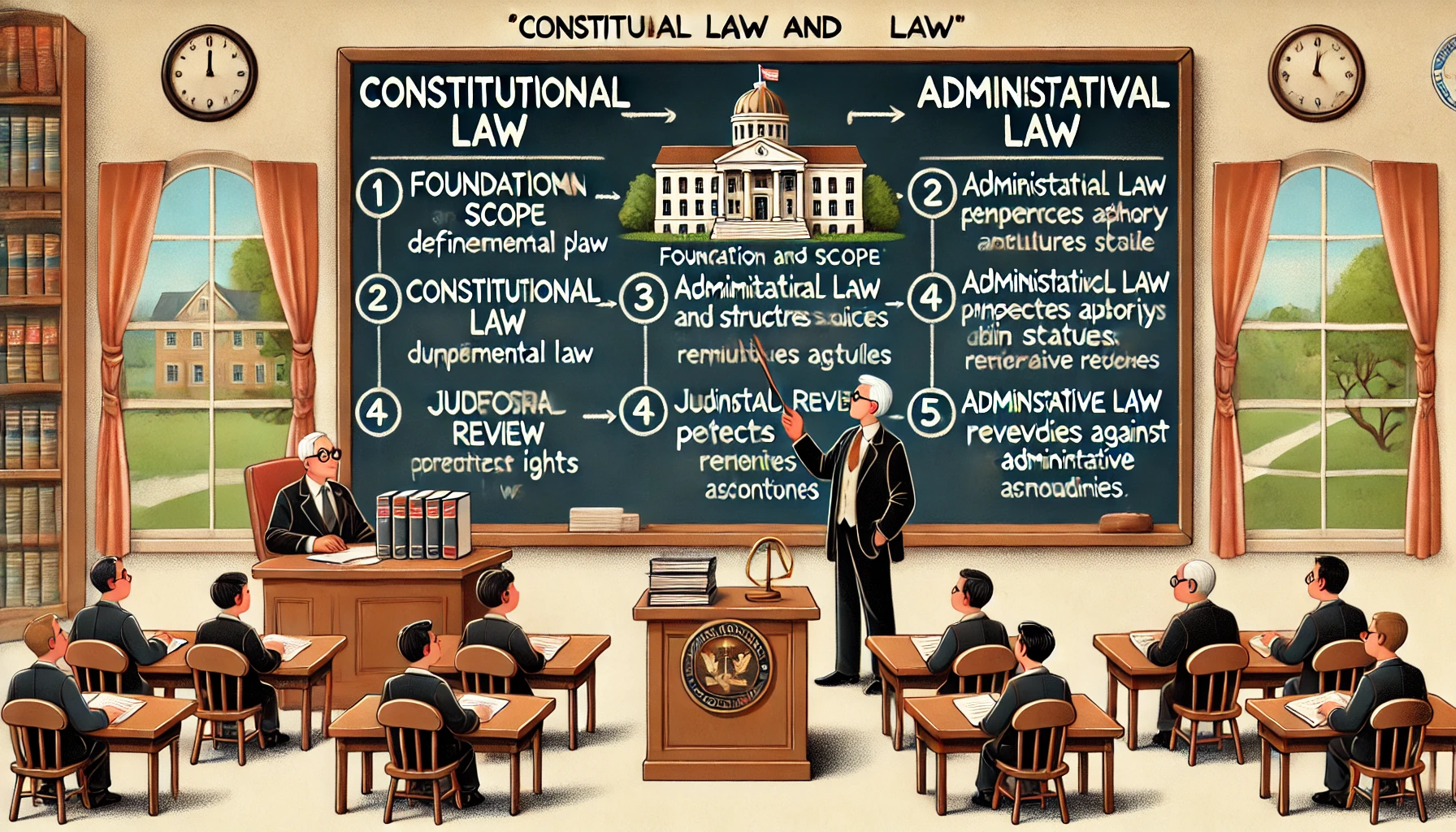
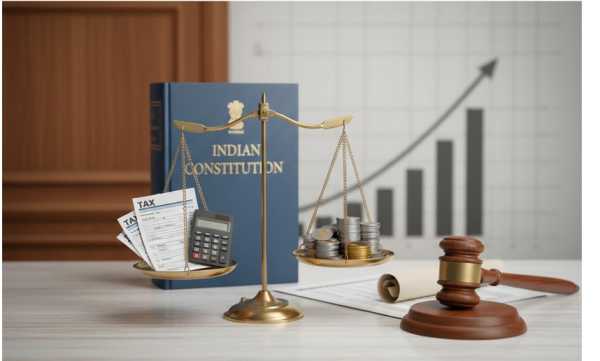


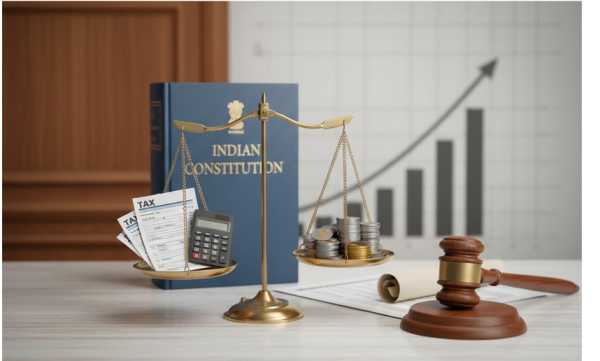




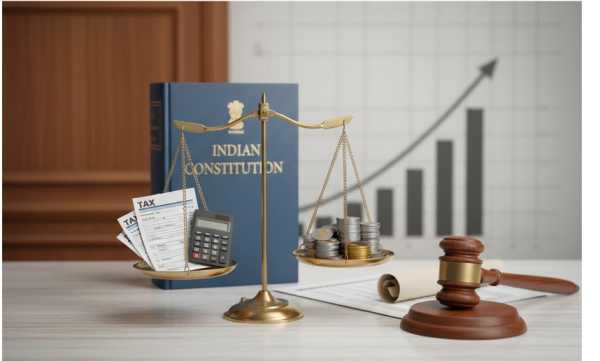

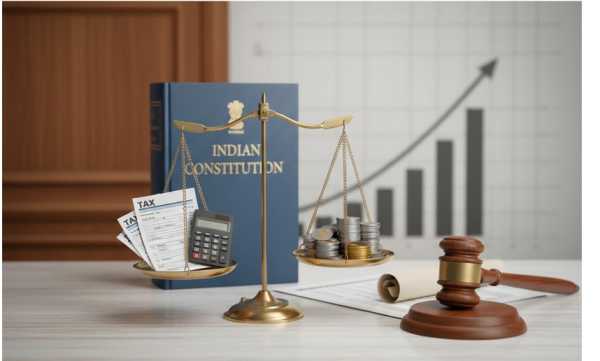

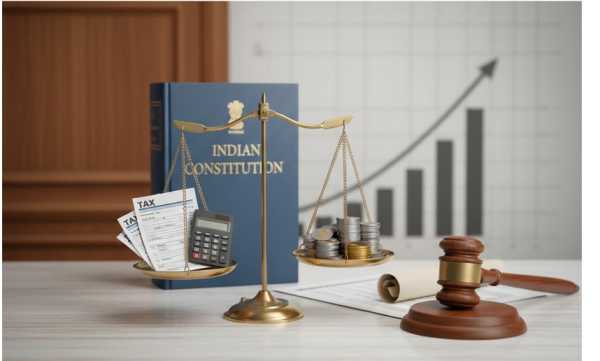
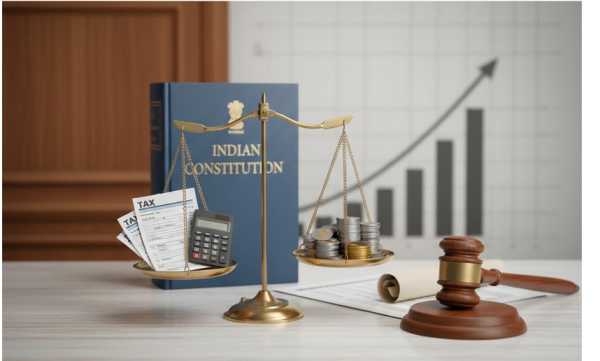
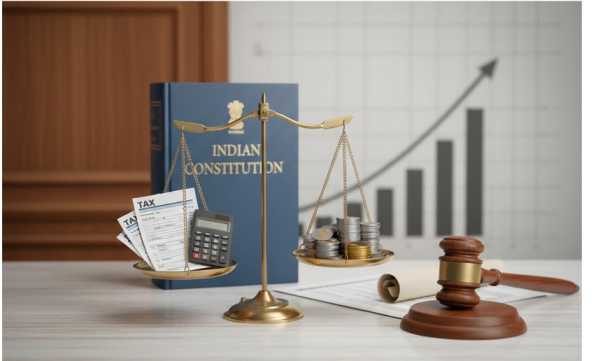
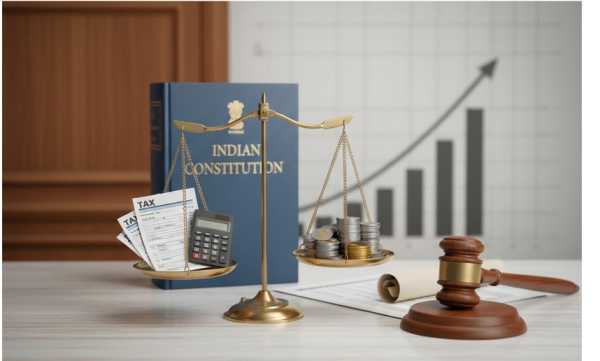
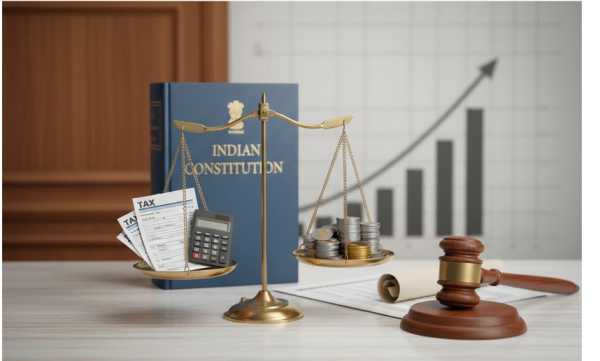




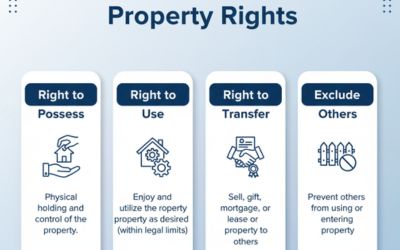

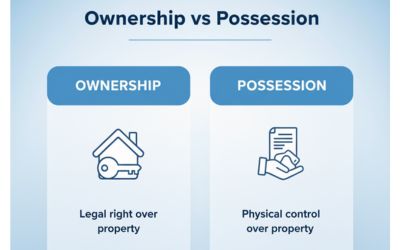
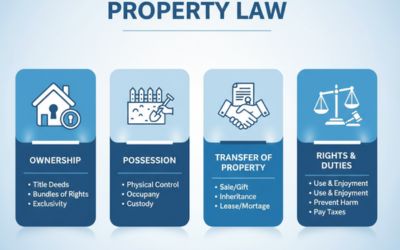

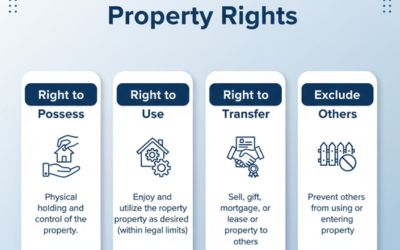
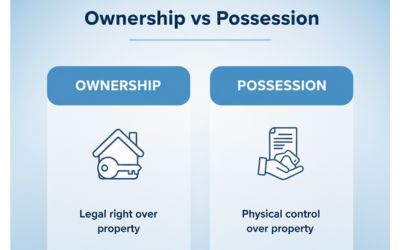
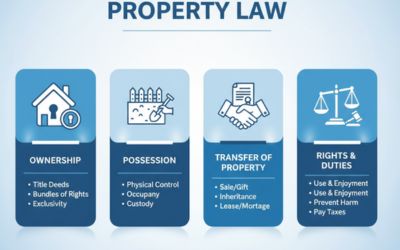
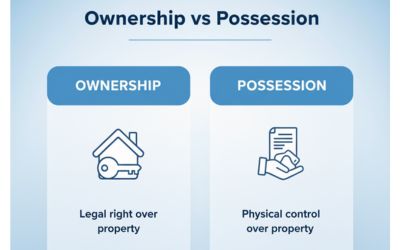
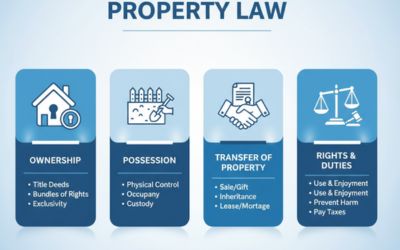
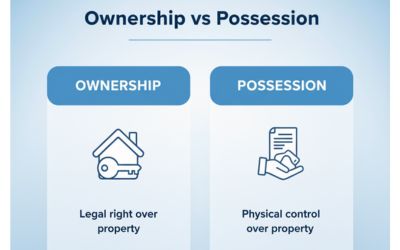

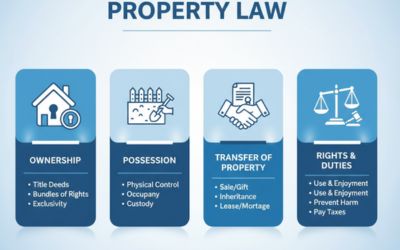


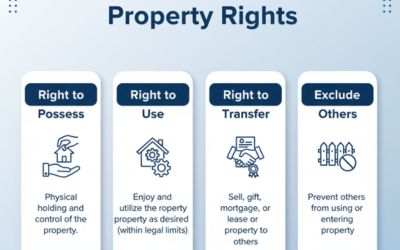

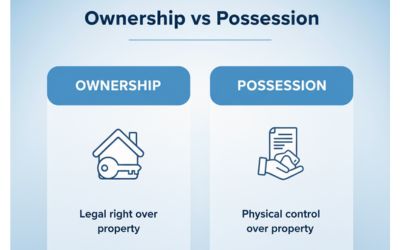



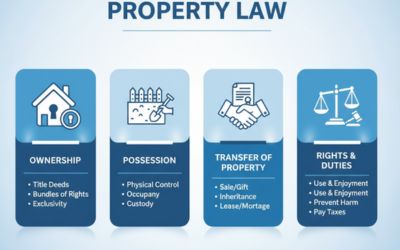
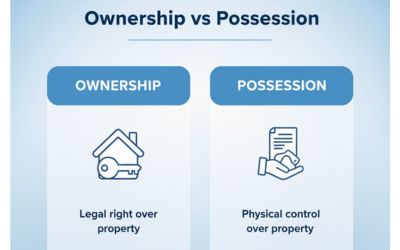
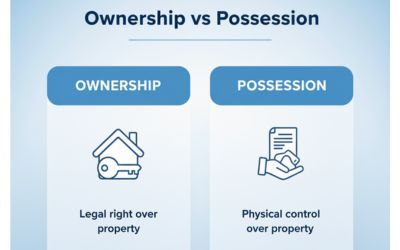

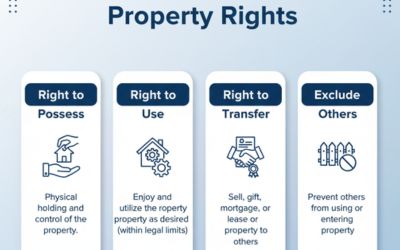
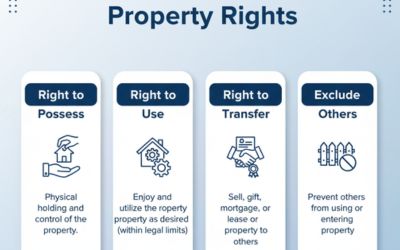
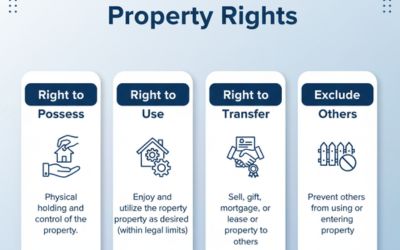
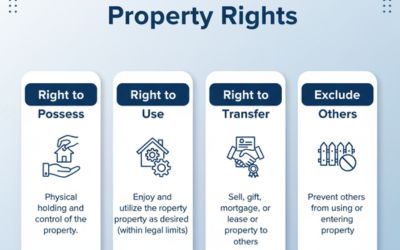


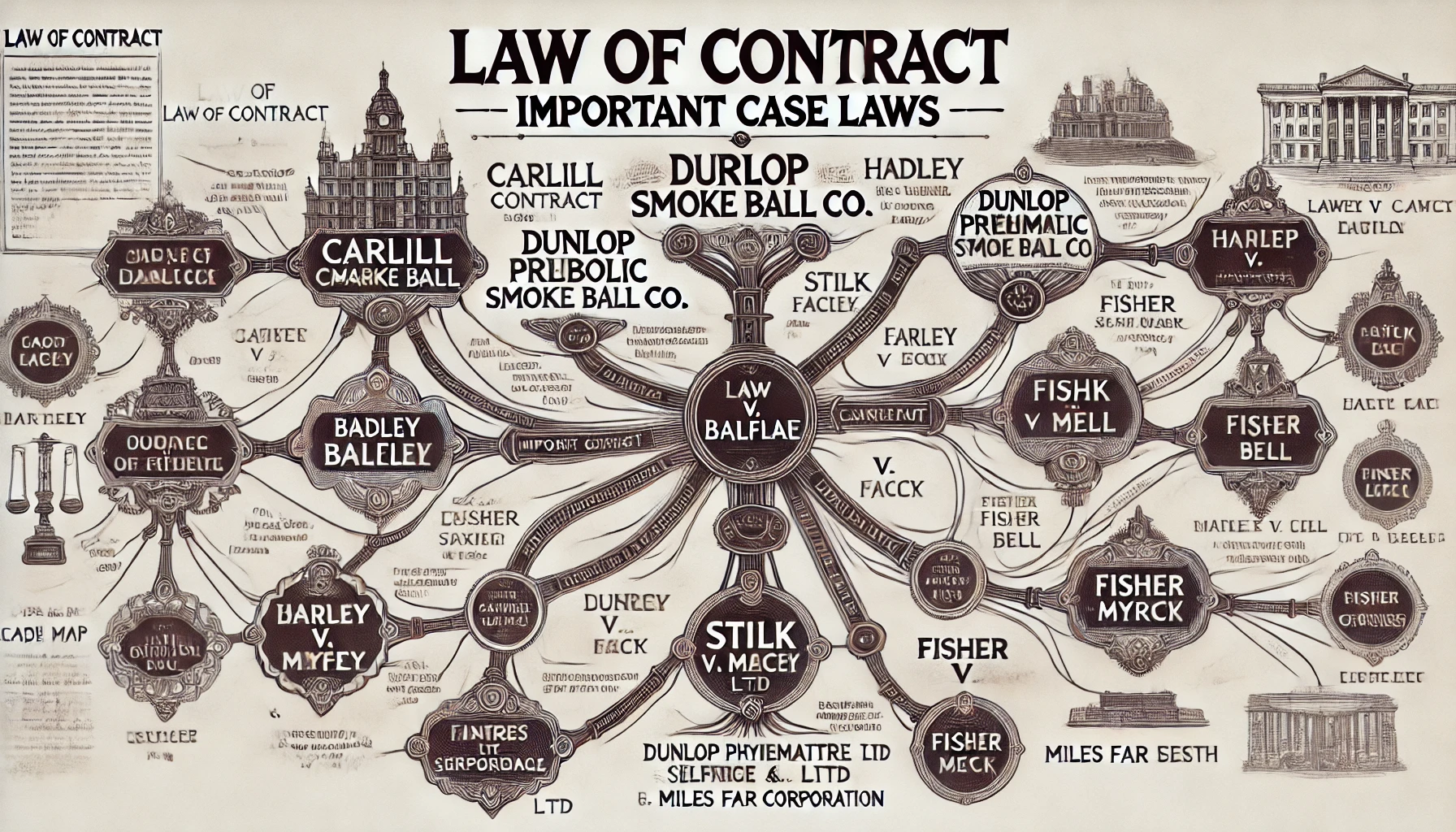


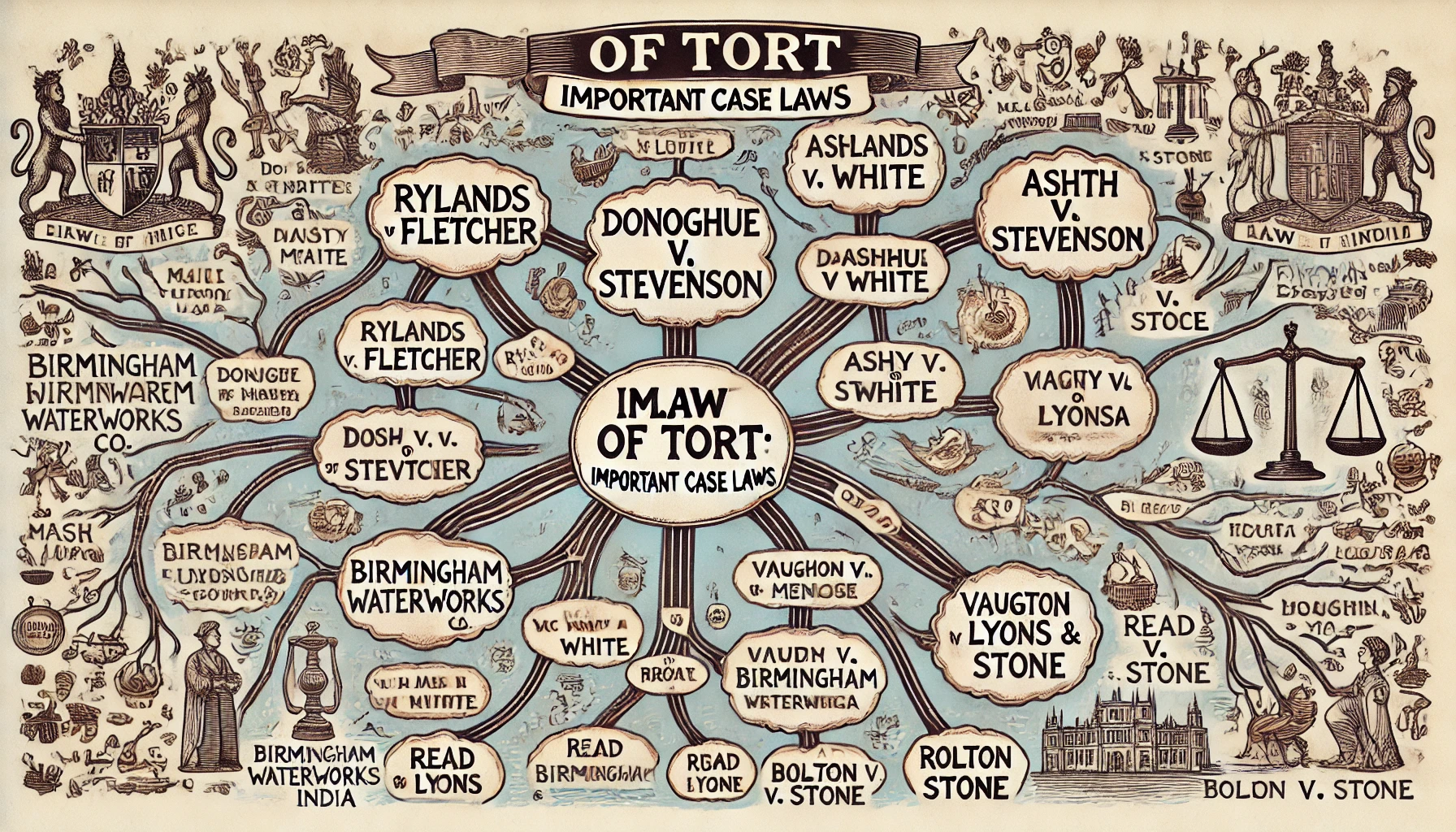
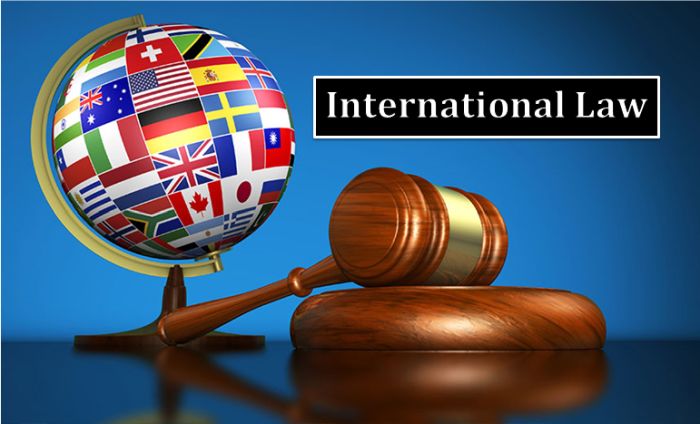
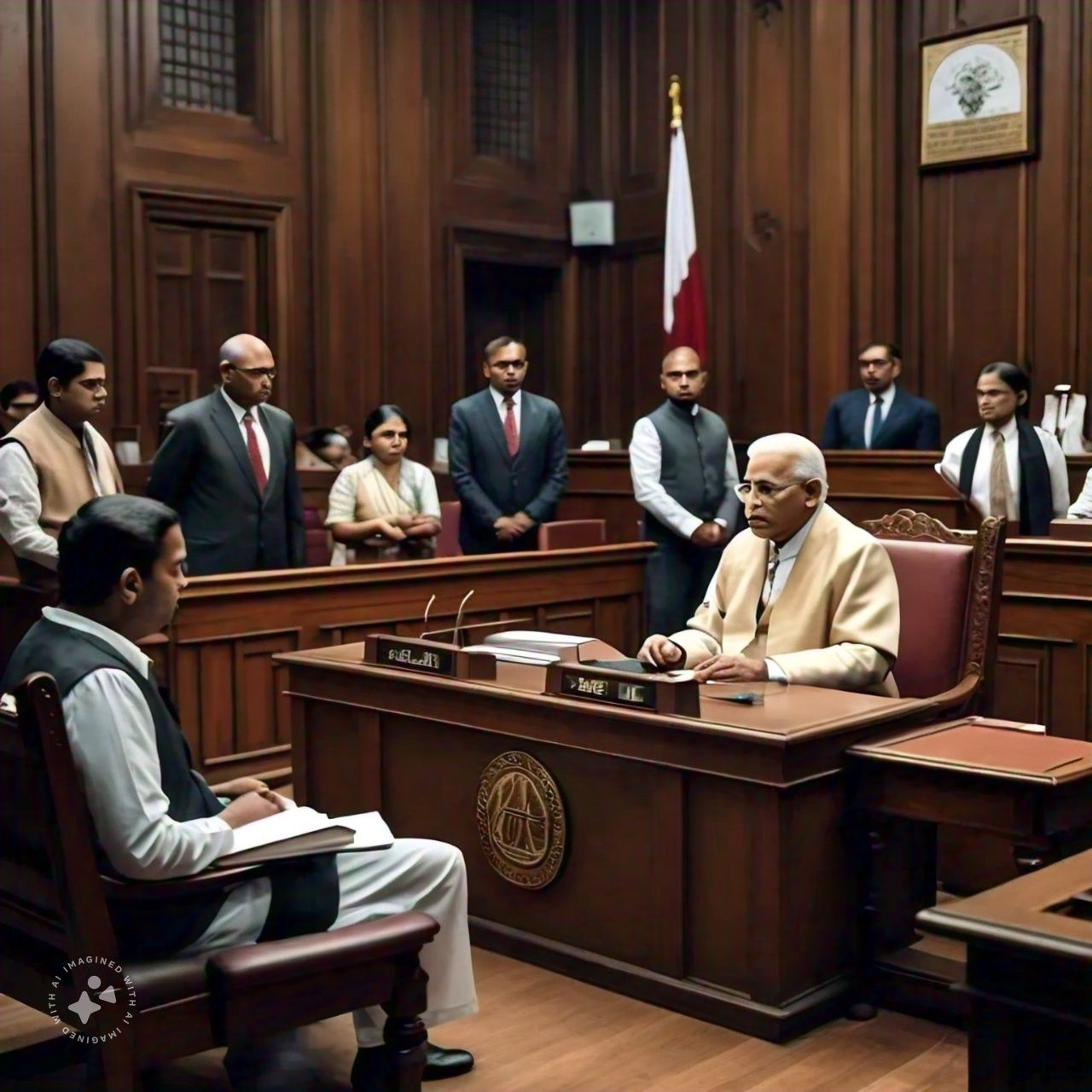



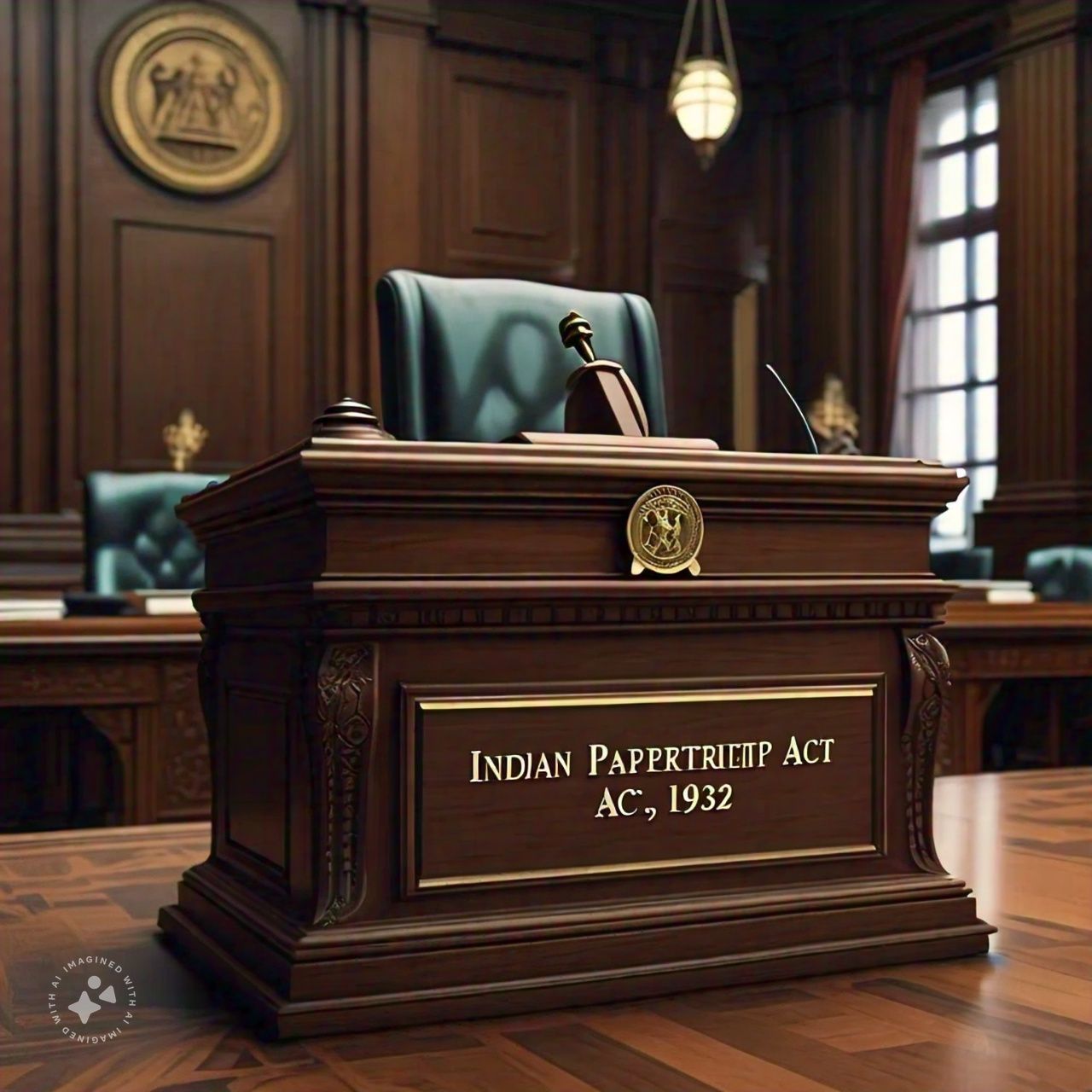





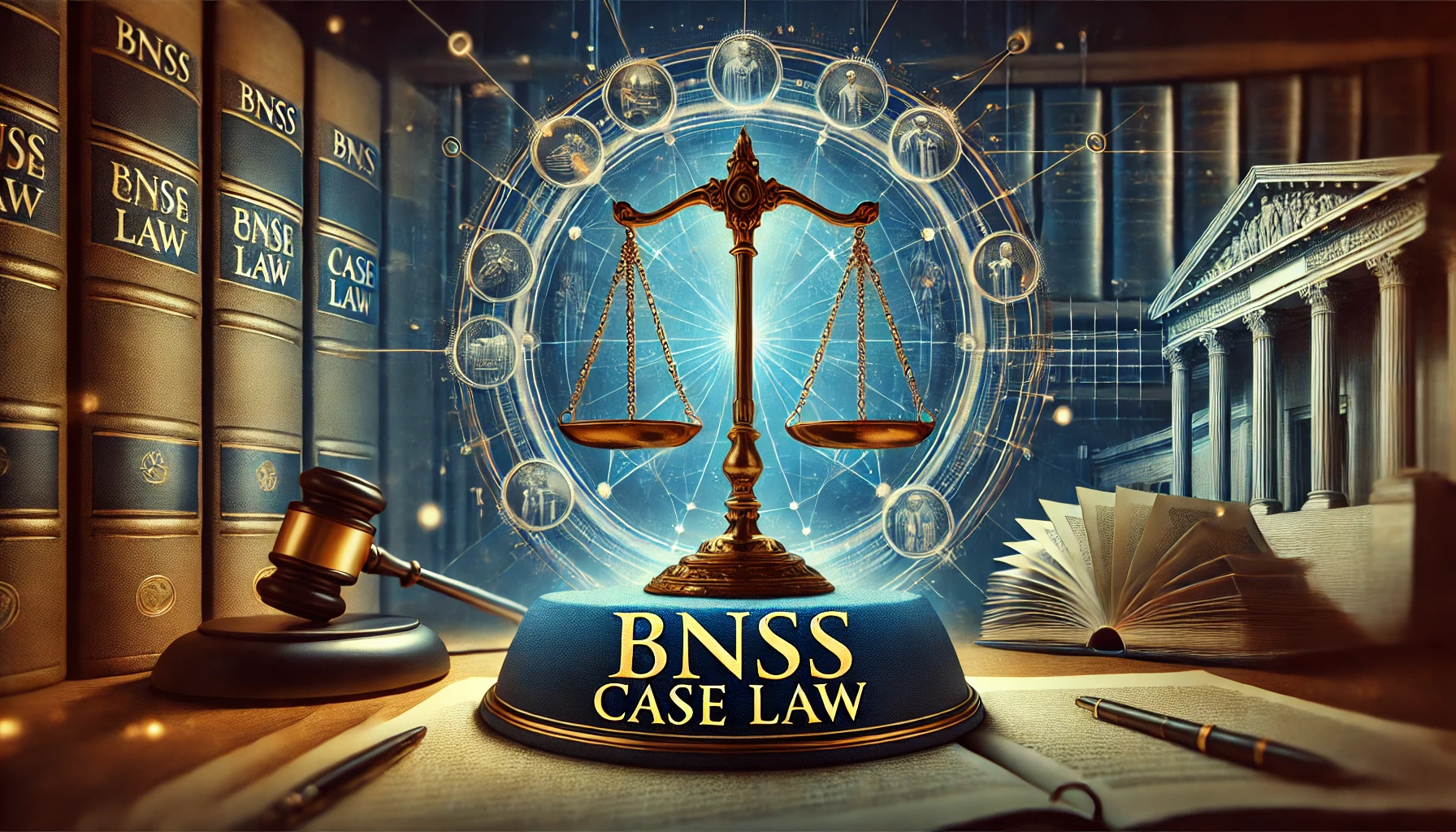





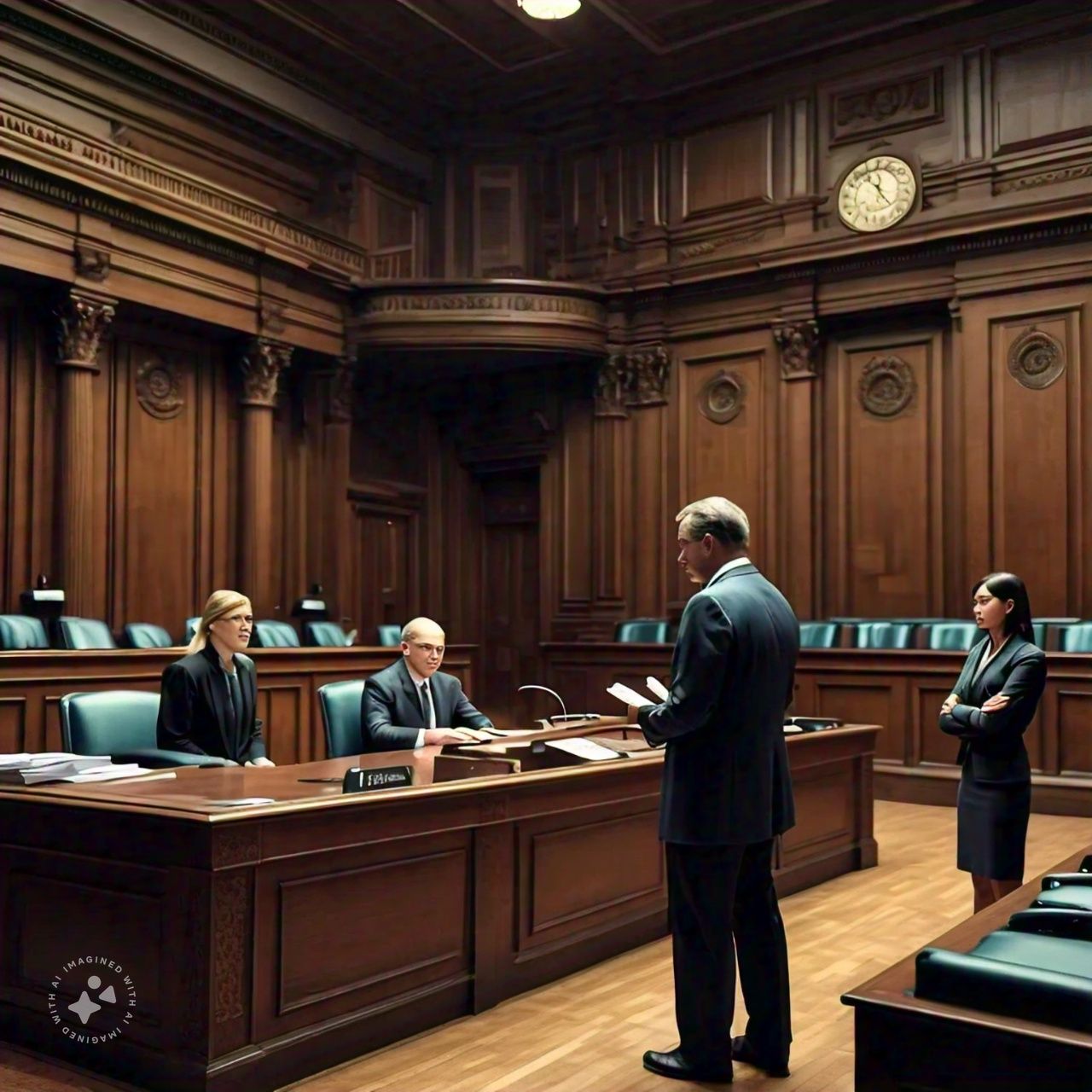

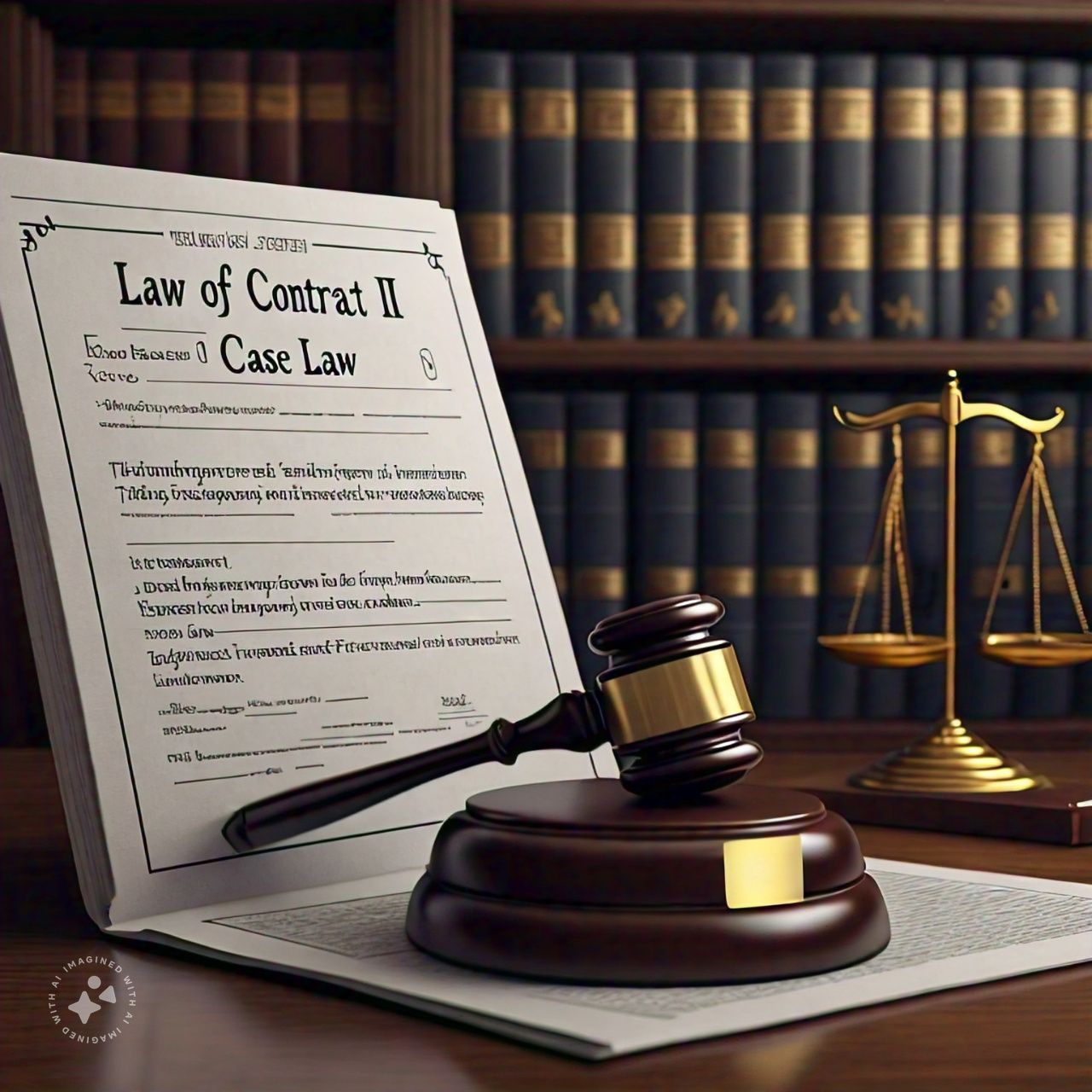
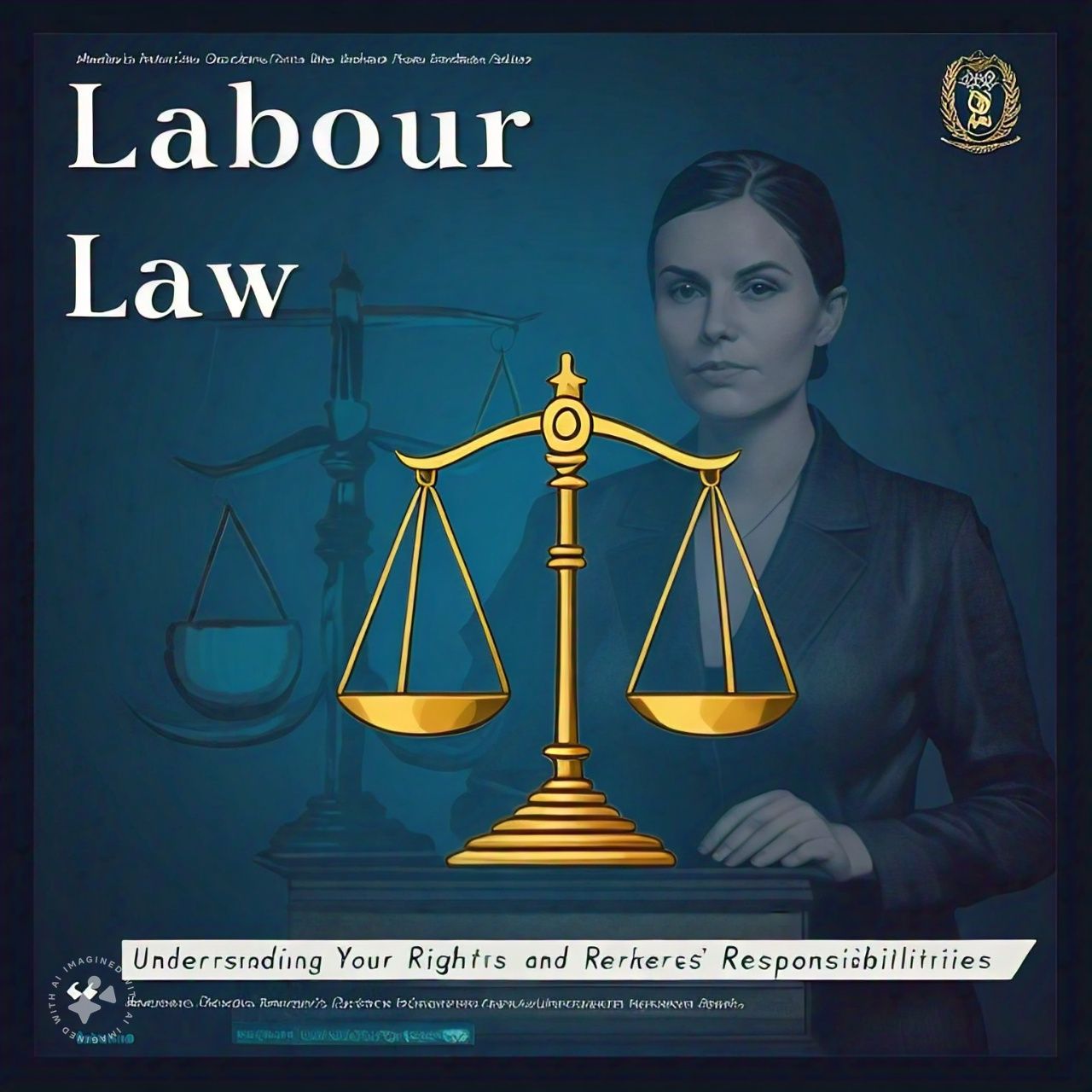

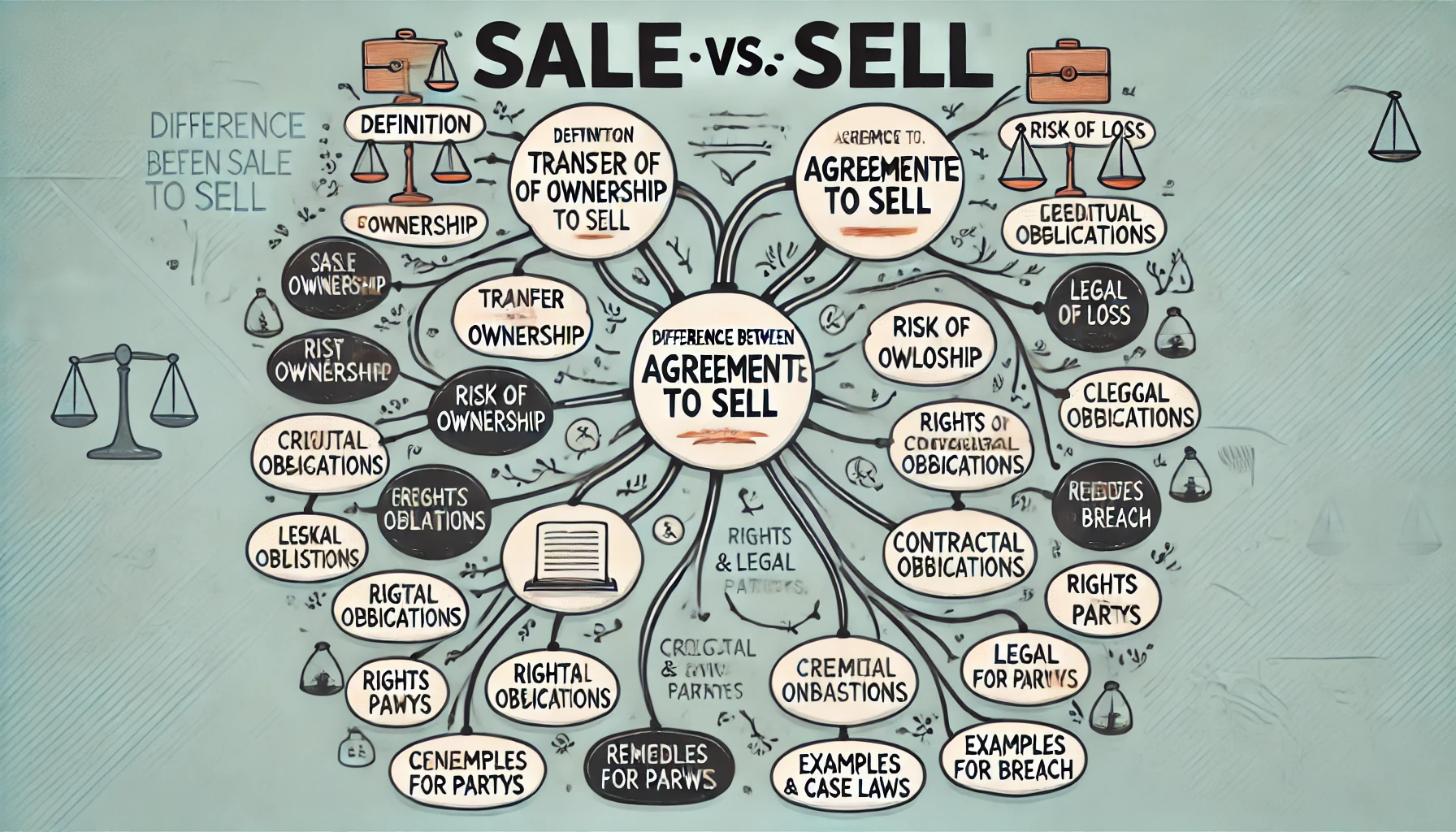


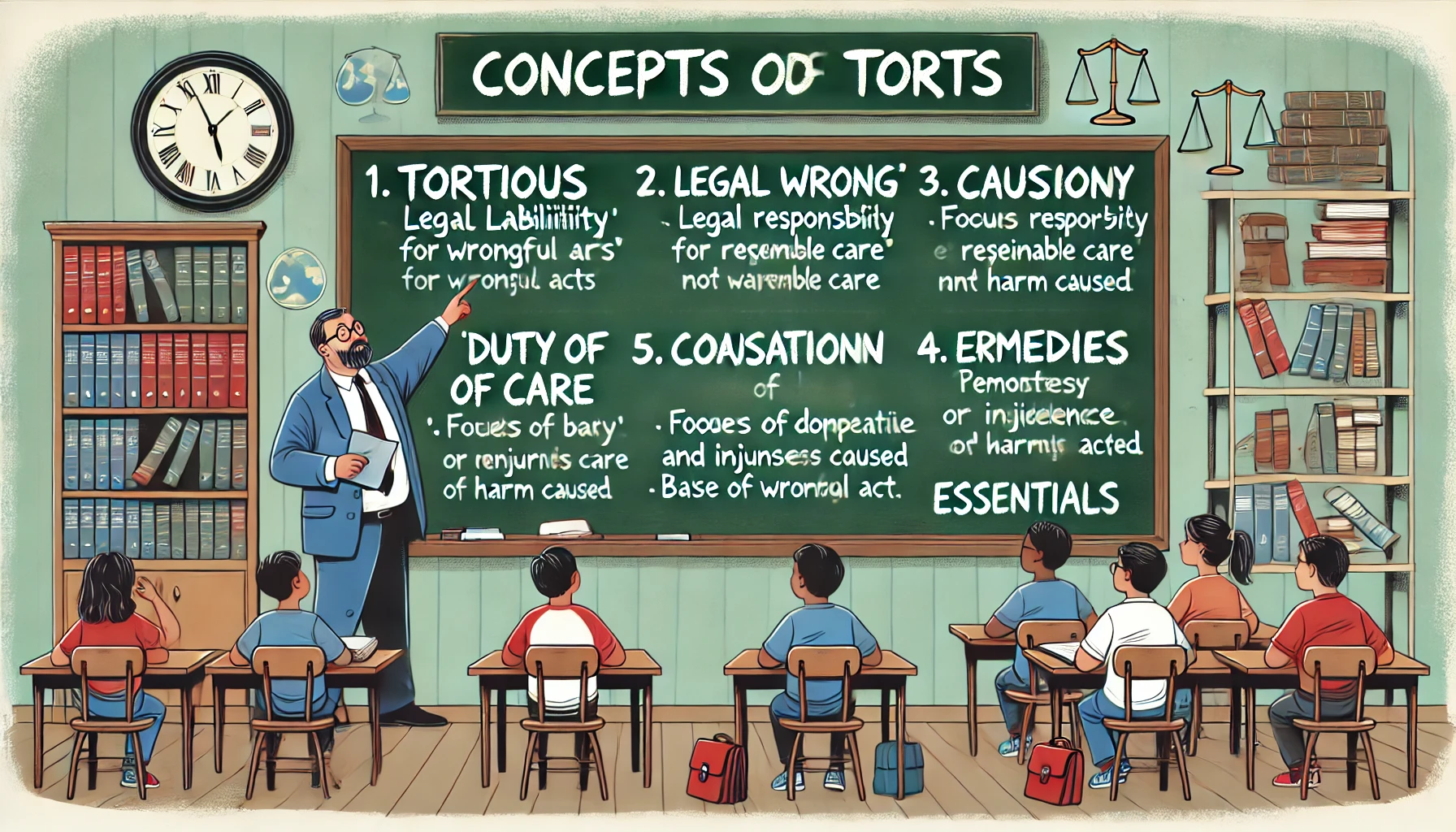
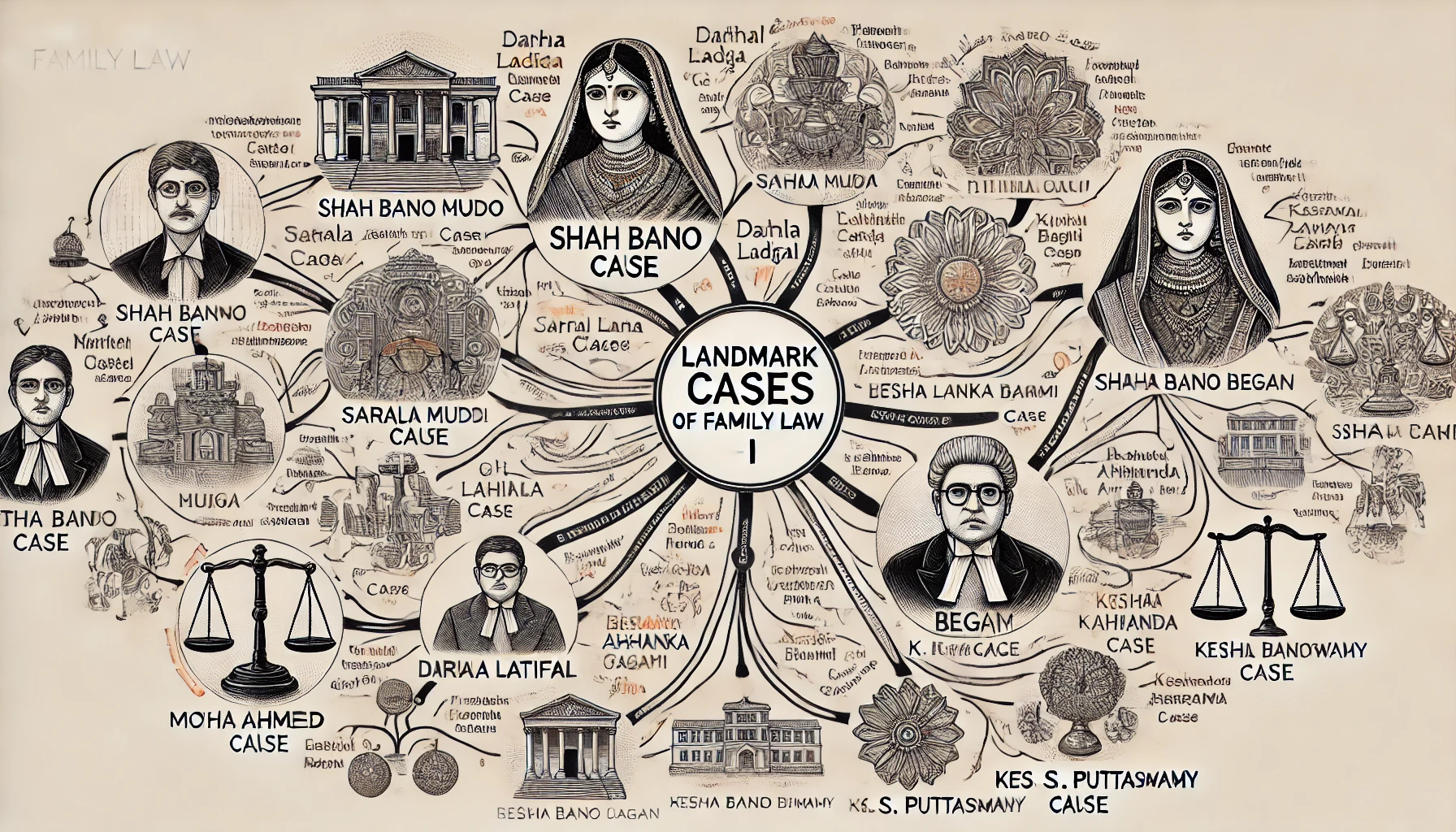


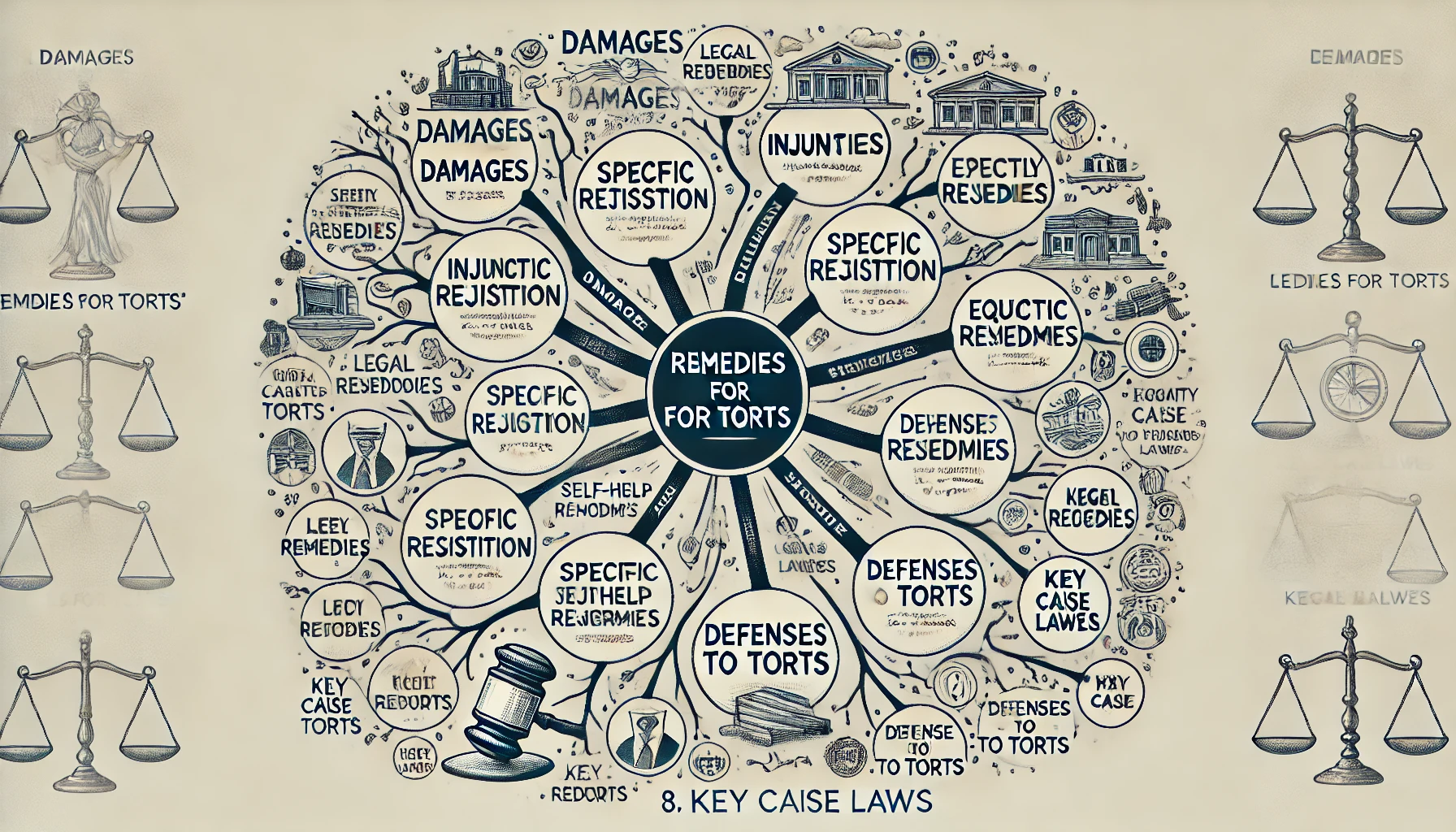
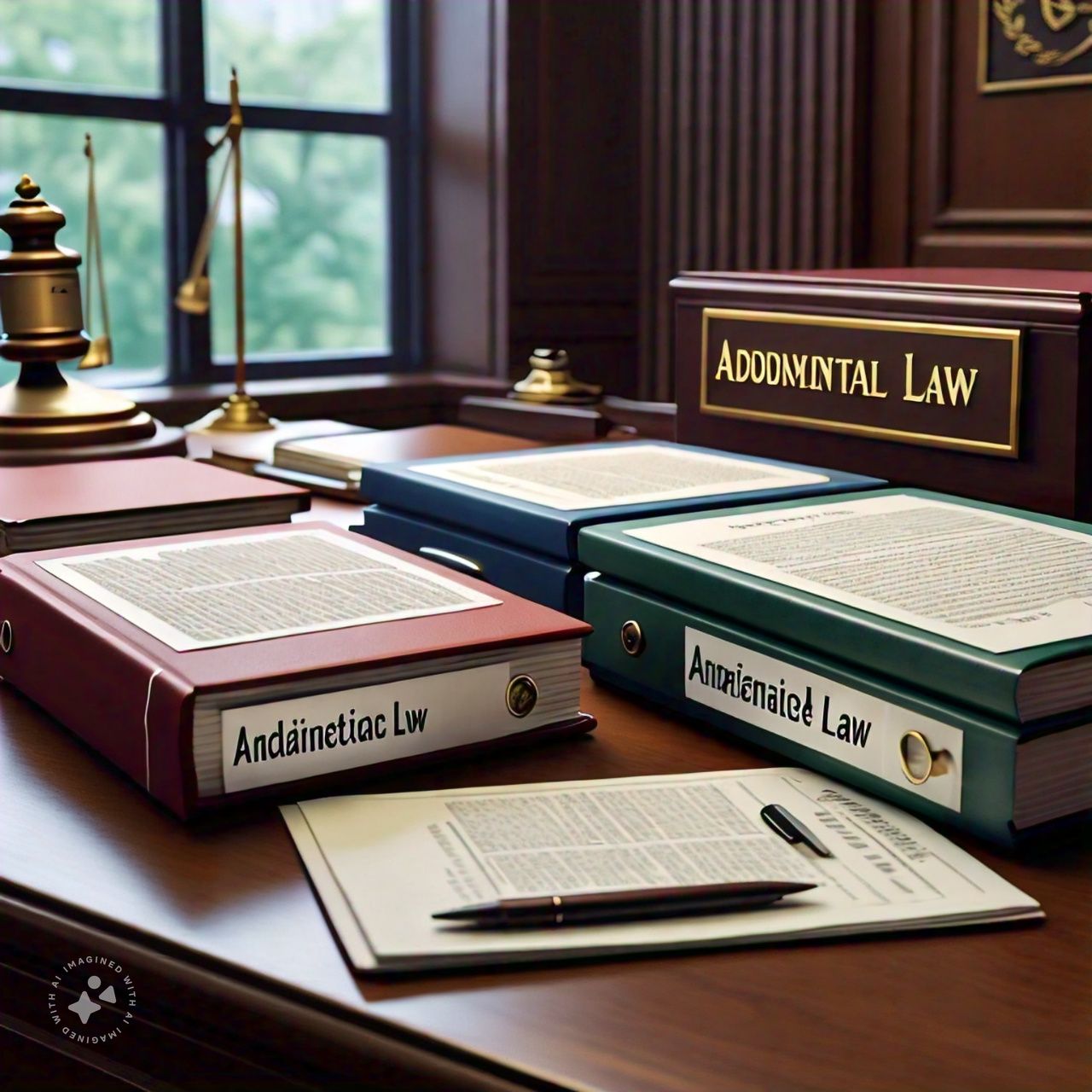

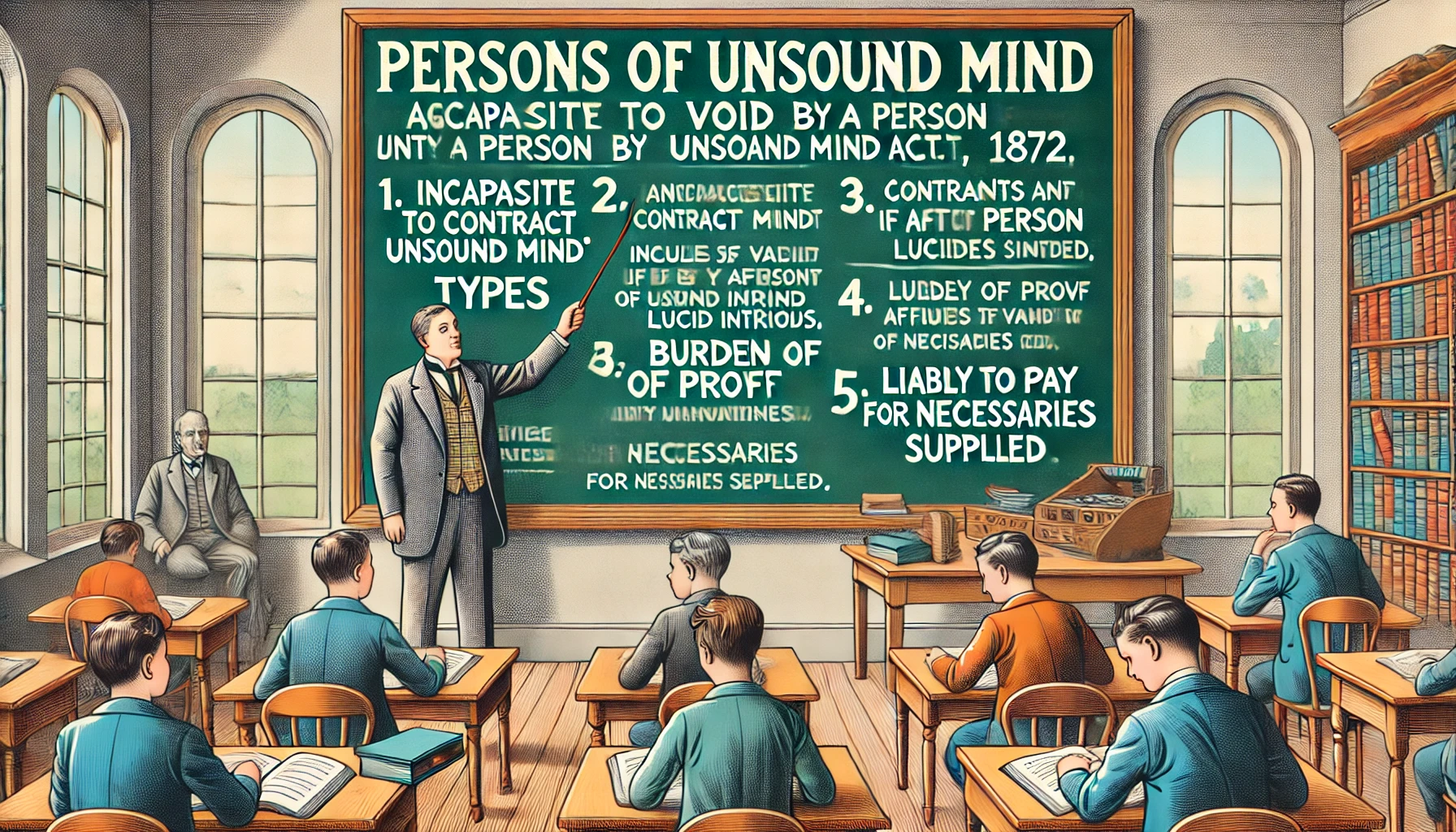

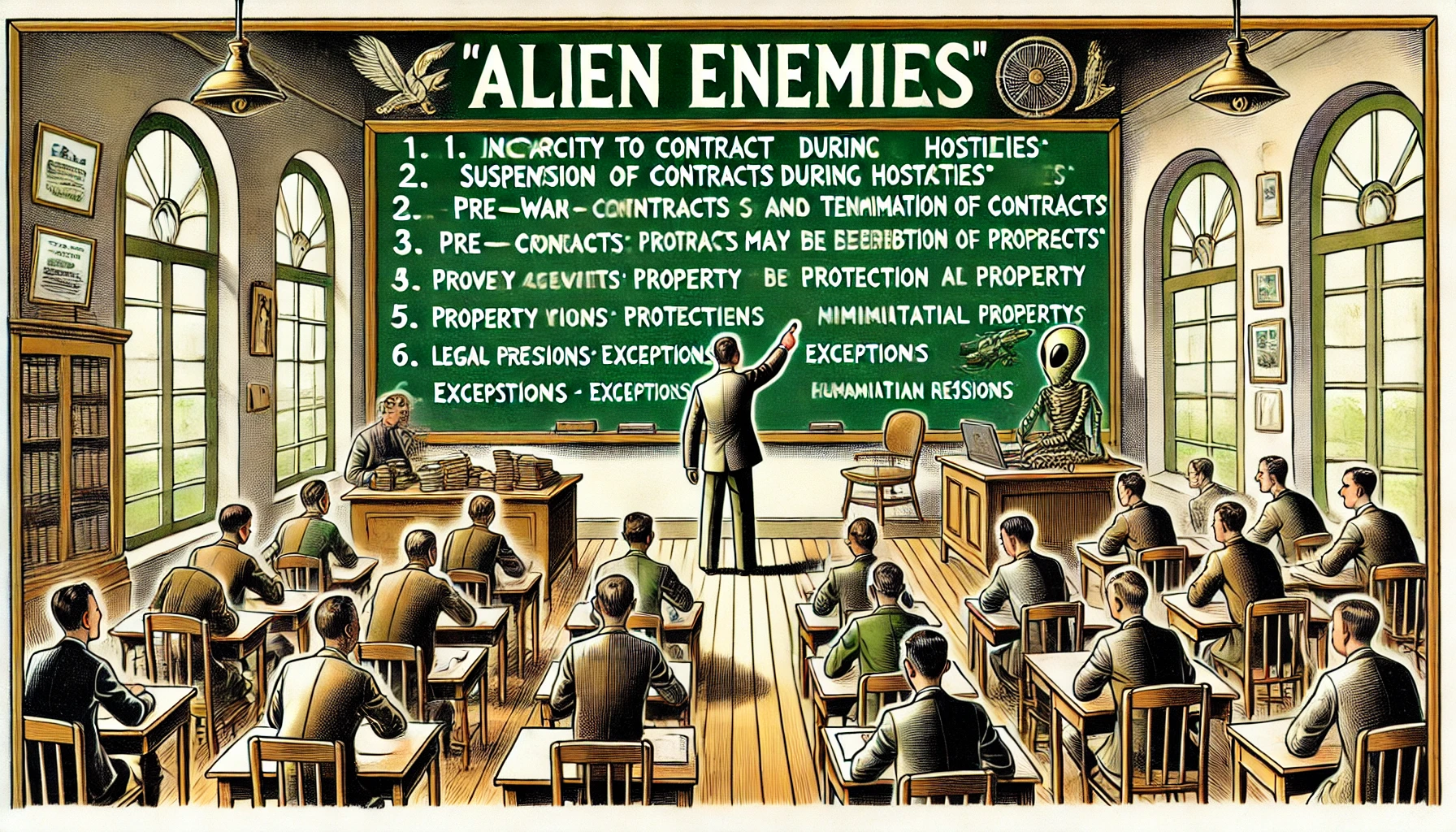




Comment
Nothing for now